Join us on a tour of fun sightseeing spots in Nagoya, the fourth largest city in Japan!
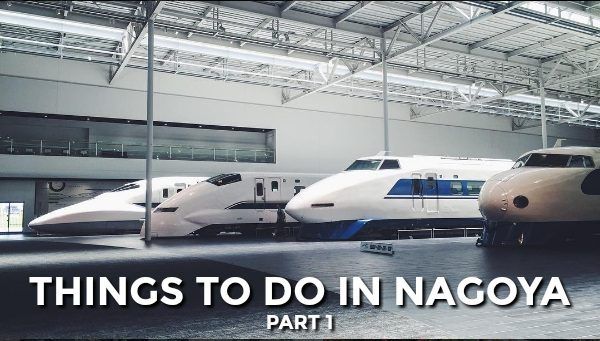
Growing up, I went to Osaka multiple times a year to visit my grandparents from Yokohama riding the Shinkansen. The train always stops by Nagoya so I’ve seen the city at least 100 times, but I’d never visited the city until this past summer. As I had never been to Nagoya, I didn’t know what to expect. However, our family ended up with two very fun days and I highly recommend visiting Nagoya if you have children.
Join my family on a 2-day tour, and if you are planning your visit I would highly recommend for 3 full days. Our 2 days felt rushed and we could have spent more time there visiting the city and doing more sightseeing.
Table of Contents
Things to do in Nagoya Day 1
SCMAGLEV and Railway Park リニア・鉄道館
The first stop we went to is a train lover’s paradise, SCMAGLEV and Railway Park. The railway park is 27-minute train ride from Nagoya station. It has an amazing collection of Japanese trains including the Maglev that had set the world speed record.
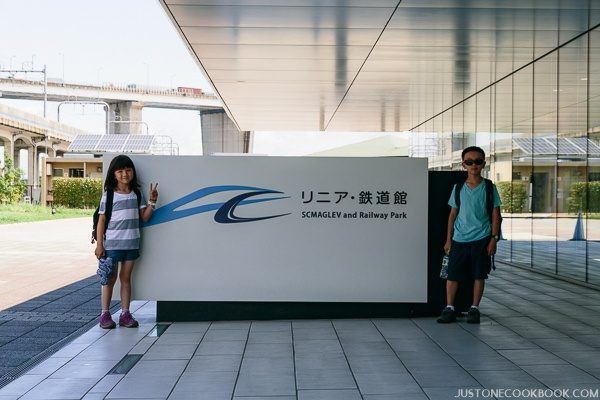
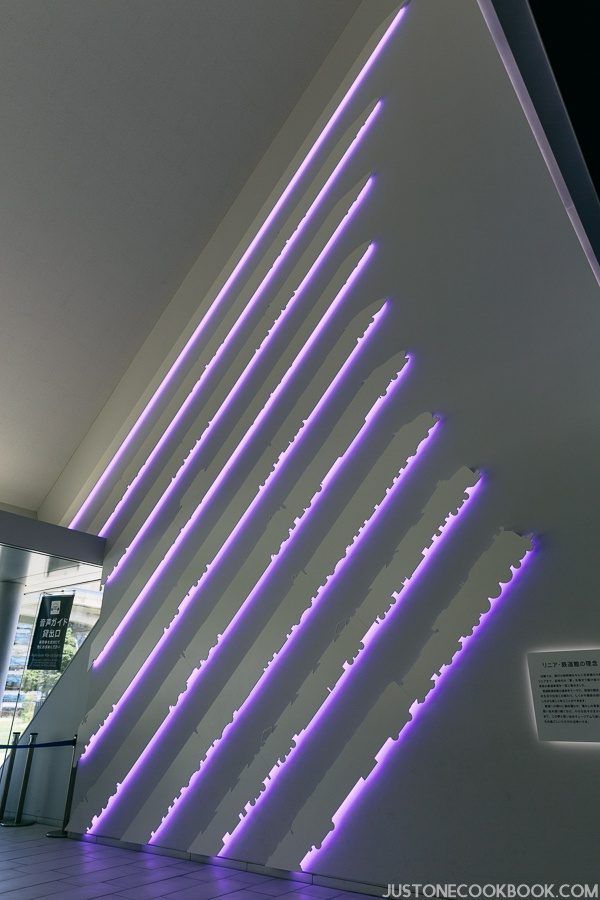
Above Picture: The entrance with evolution of trains going from steam train to shinkansen at the very top.
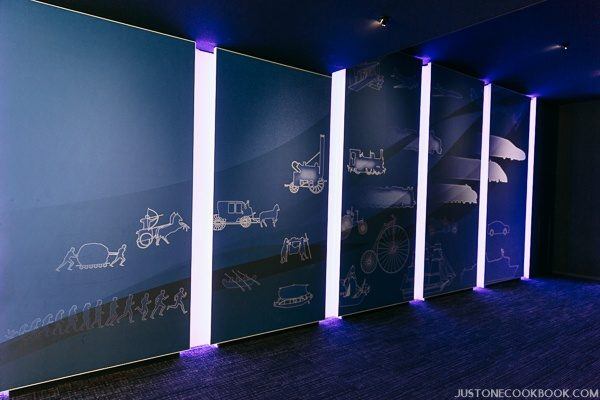
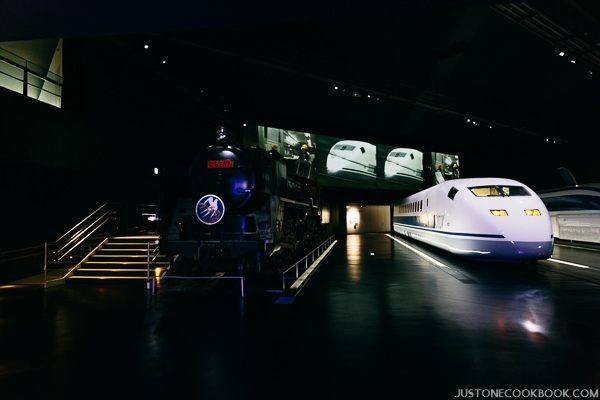
Immediately after entering the museum, there is a large room with 3 trains that had set the speed record at various times throughout history. A steam train, an experimental shinkansen, and a MAGLEV train.
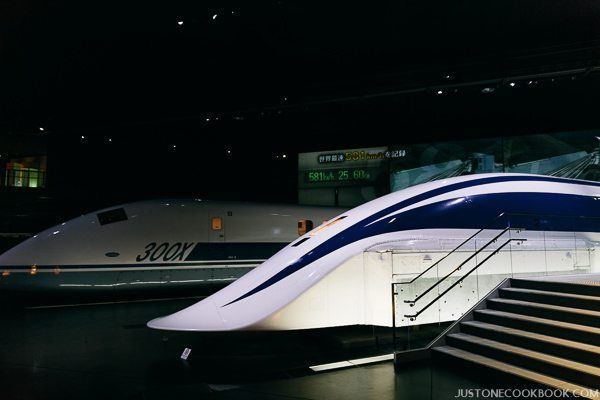
On the giant screen behind the train, there’s video playing highlighting the land records these trains have set.
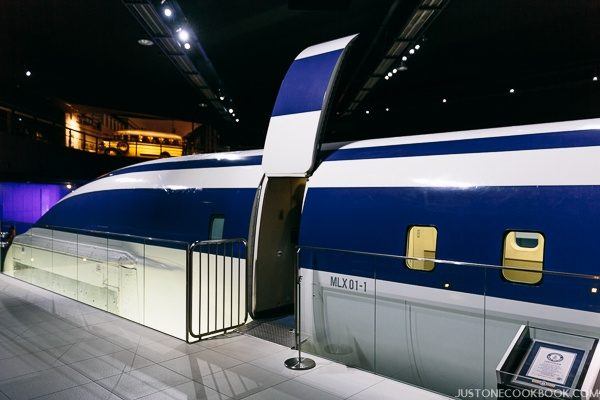
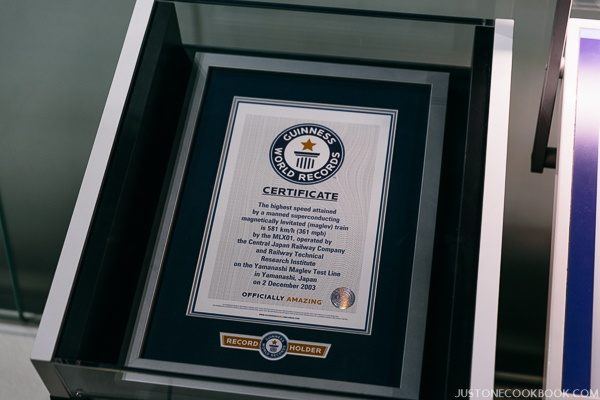
The Guinness World Record Certificate for the world’s fastest train (581 km/h or 361 mph).
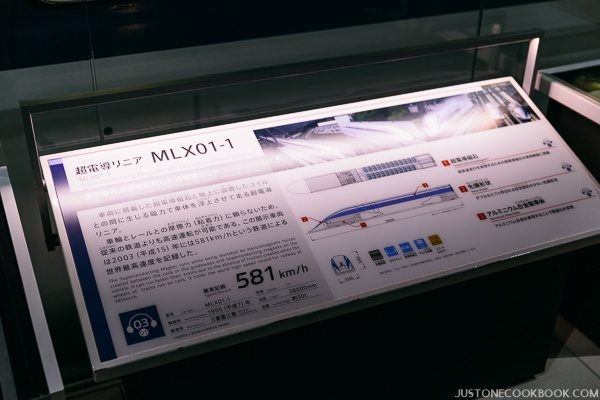
Most trains on display have information and spec on the historical importance of the trains.
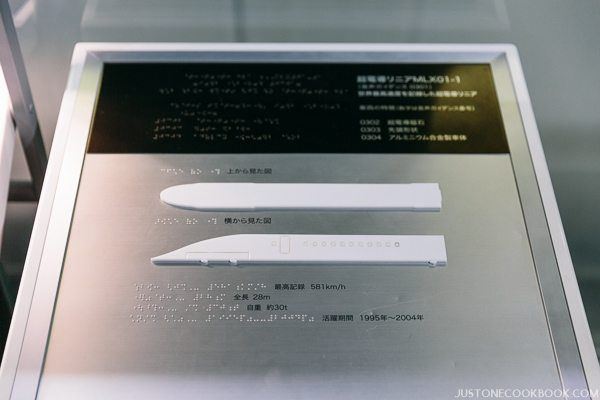
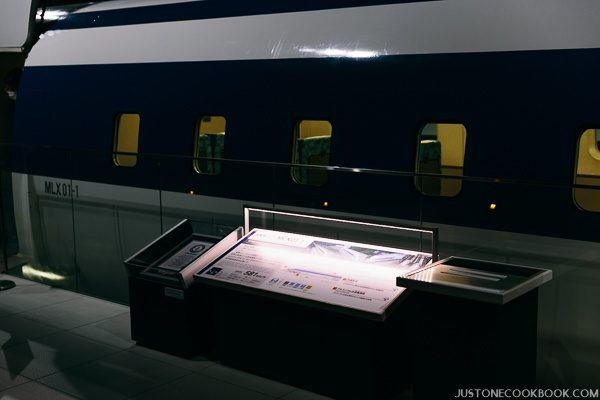
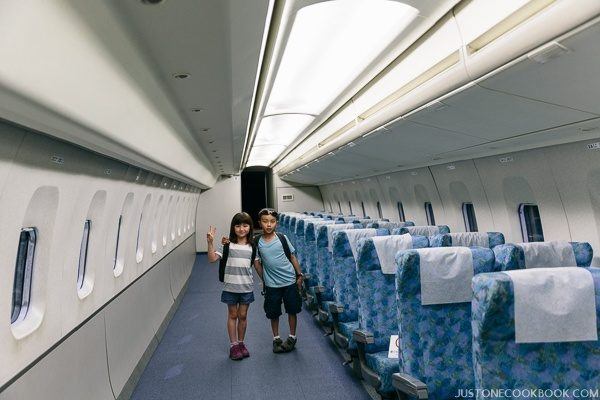
You get to walk inside many of the trains on display.
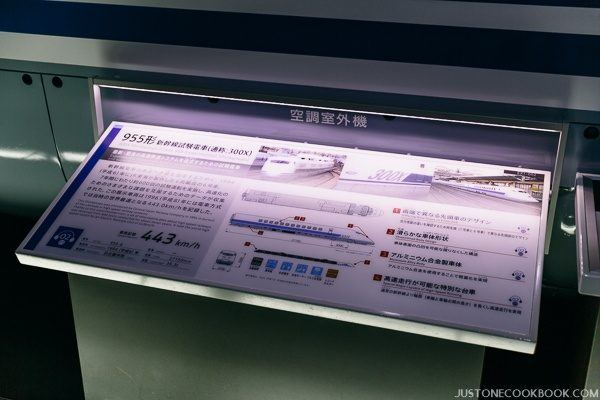
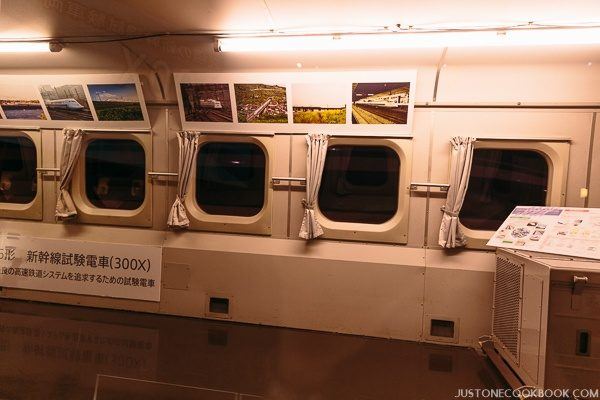
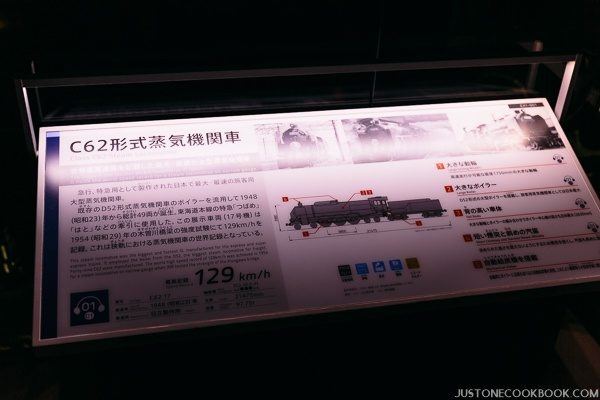
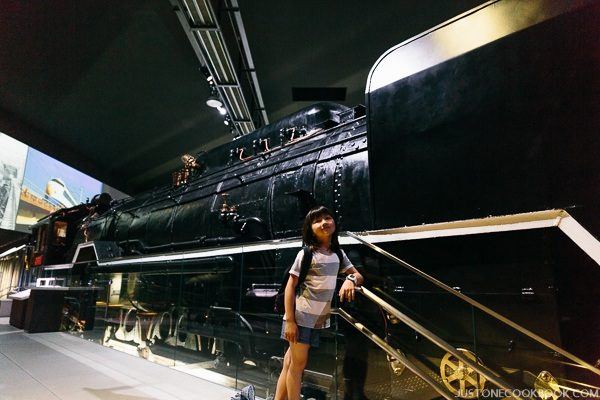
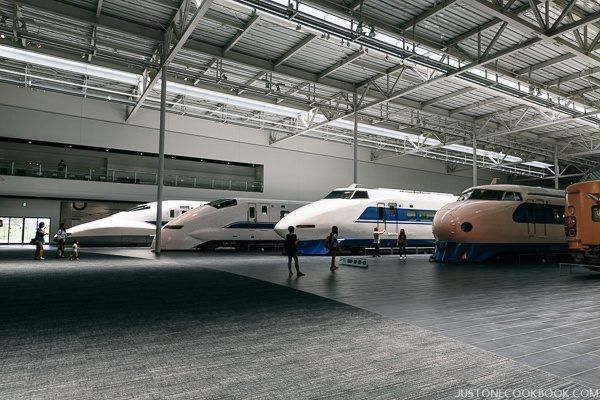
After the first room, you will enter an even larger room with over 32 trains! As I said, it’s a train lover’s dream.
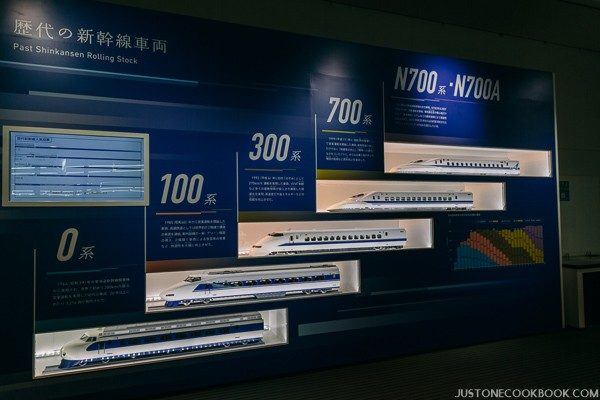
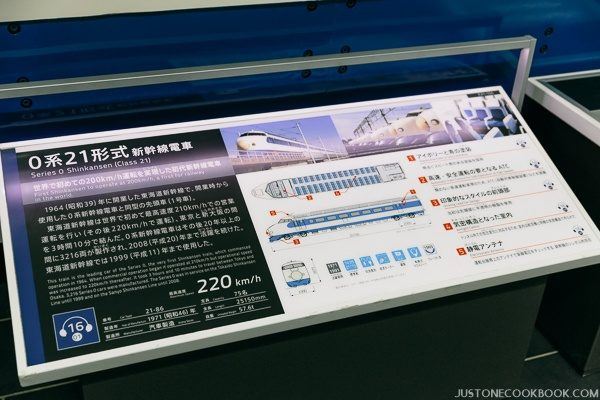
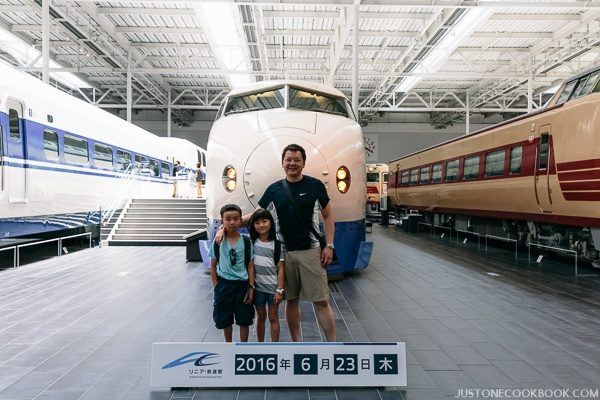
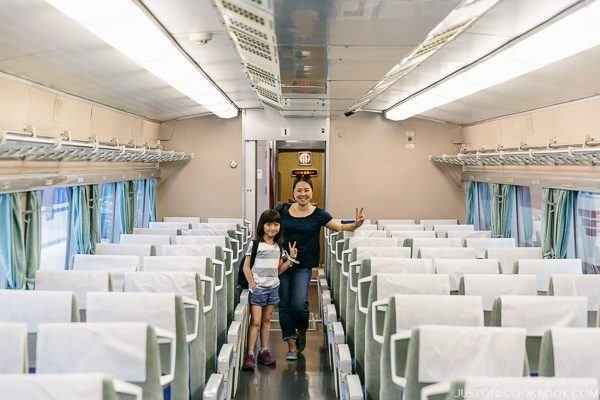
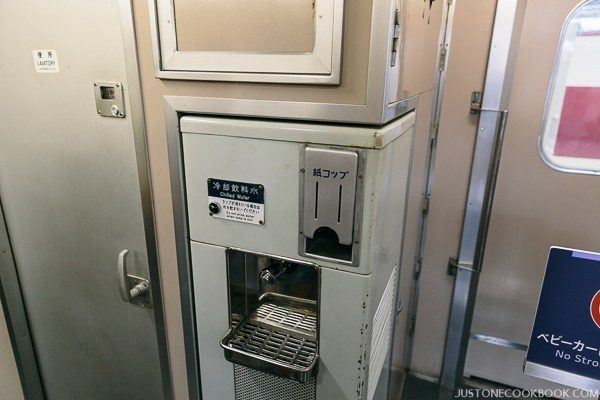
Inside Series 0 Shinkansen. I just had to take a picture of this nostalgic drinking fountain with a flat paper cup dispenser (that you’ll make into a cone shape for water). And the classic bathroom. Anyone remember riding i this model of shinkansen?
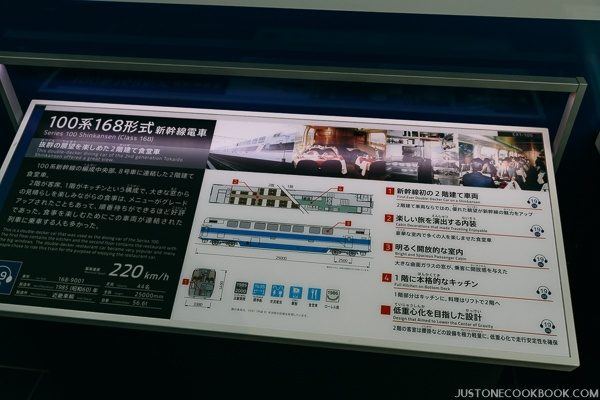
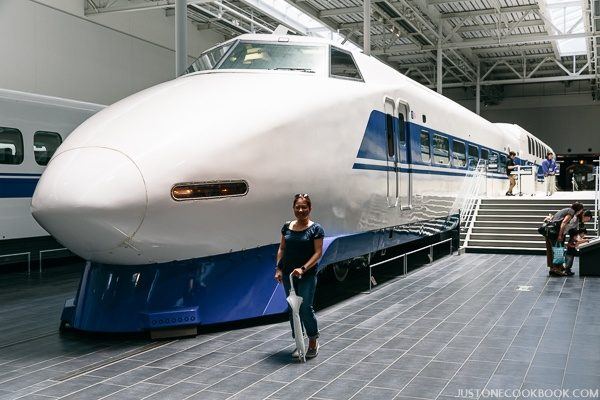
Standing in front of the older model of Shinkansen, so many memories came back to me. I used to ride this shinkansen to visit my grandparents in Osaka countless times!
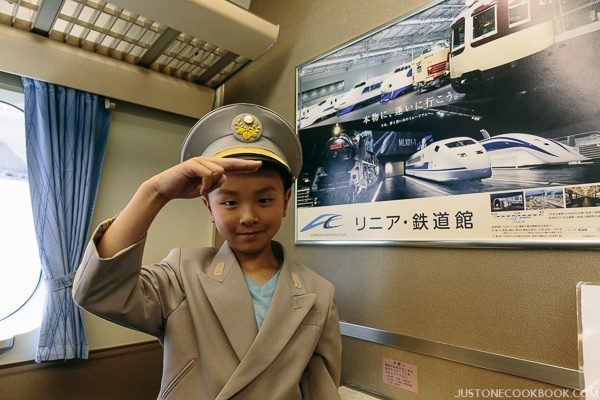
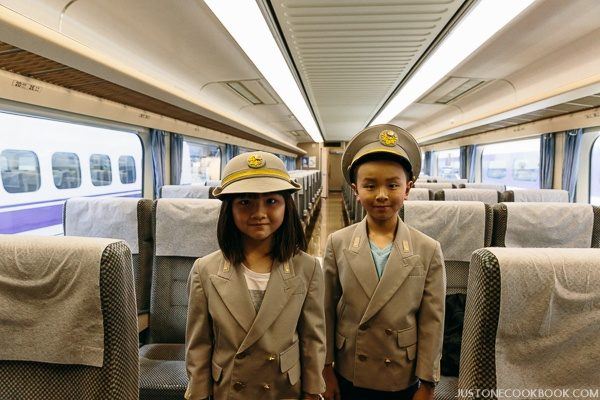
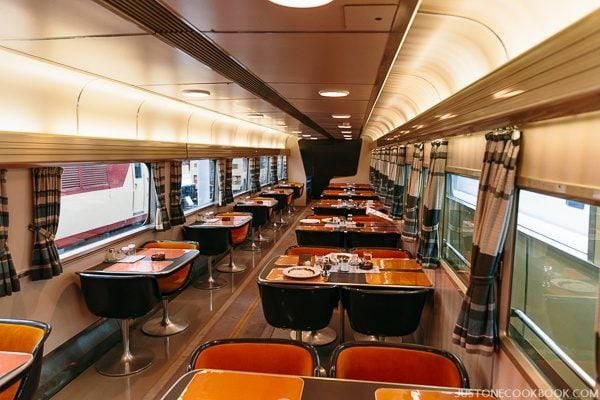
The grand dining room inside the classic trains, now it’s just eating bento in your own seat. Traveling on trains used to be a luxury experience.
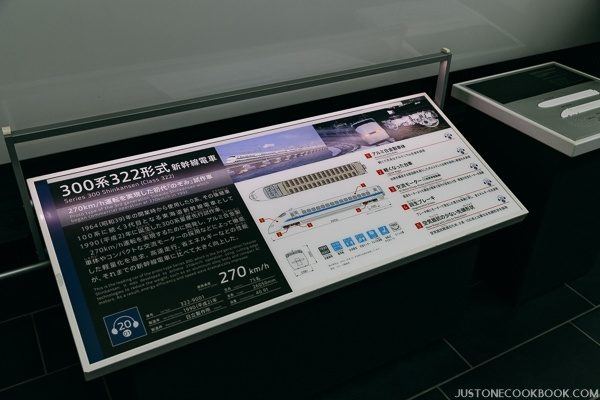
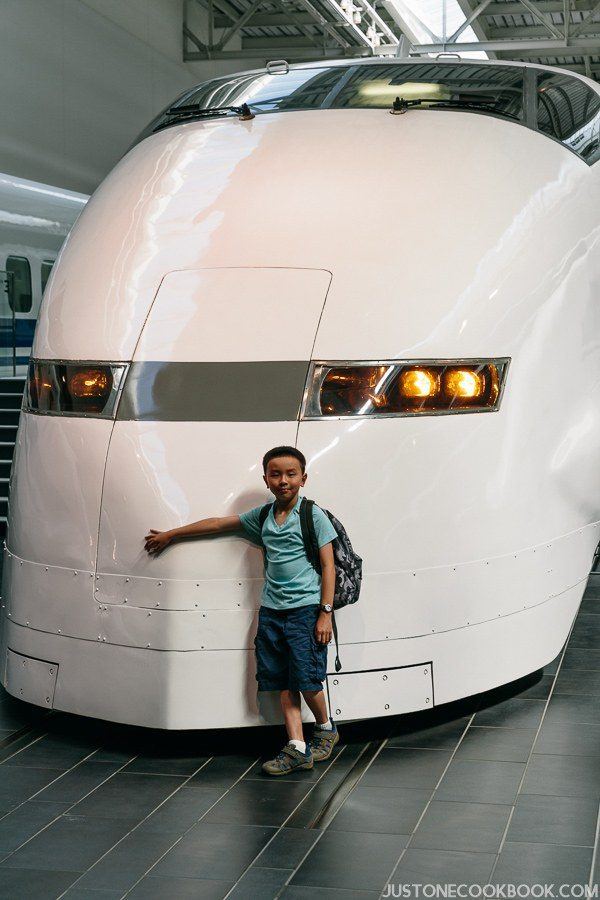

Inside another shinkansen. They still have the old pay phones inside too! I remember this green pay phone!
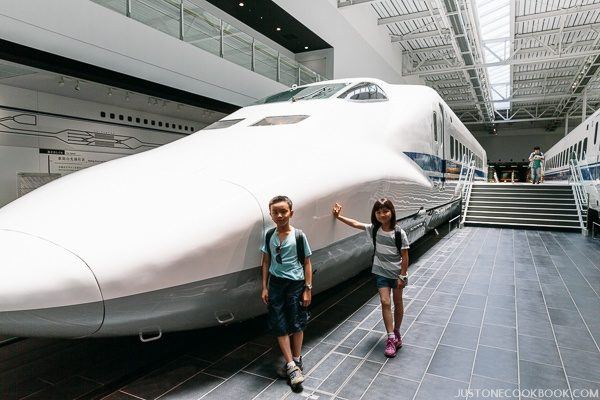
One of the newest shinkansen N700.
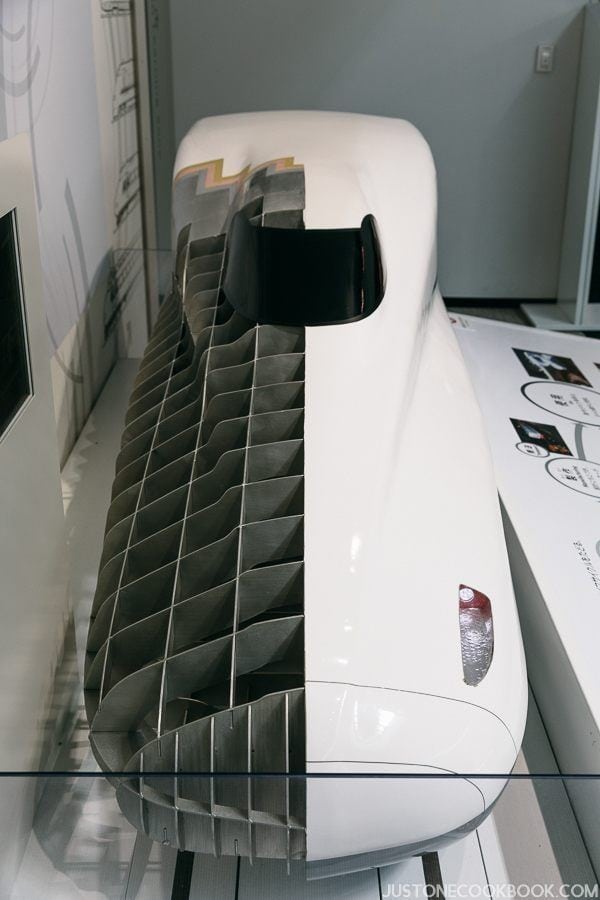
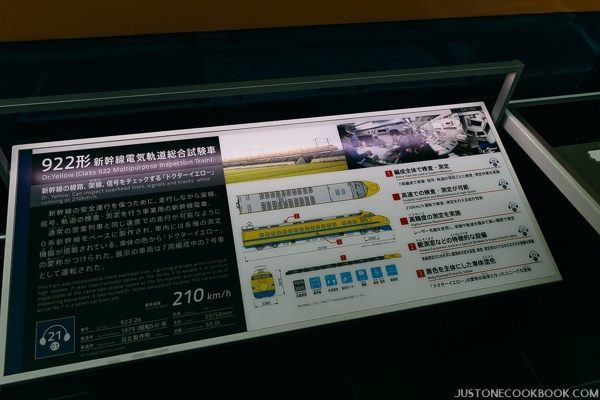
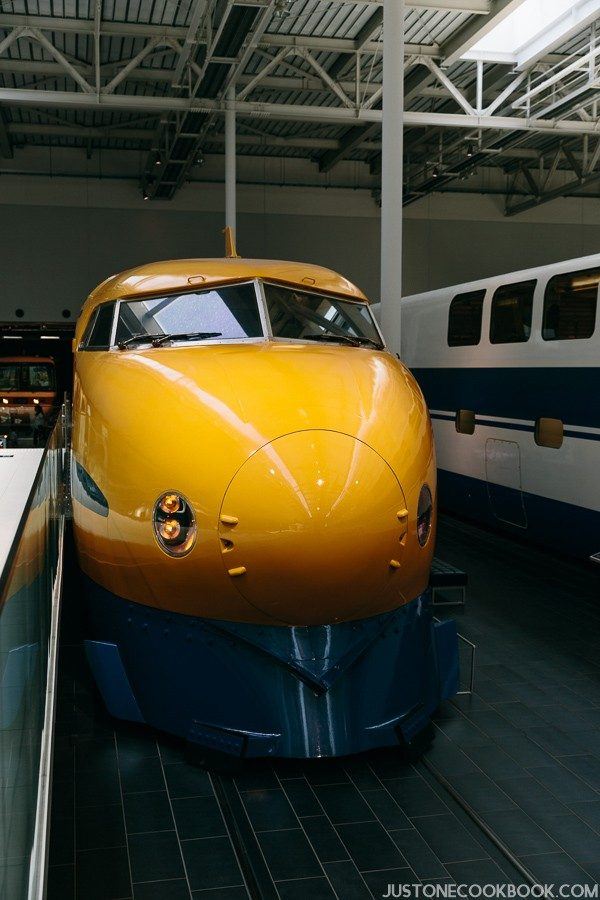
Dr. Yellow – the inspection trains which have special equipment on board to monitor the condition of the track and overhead wire.
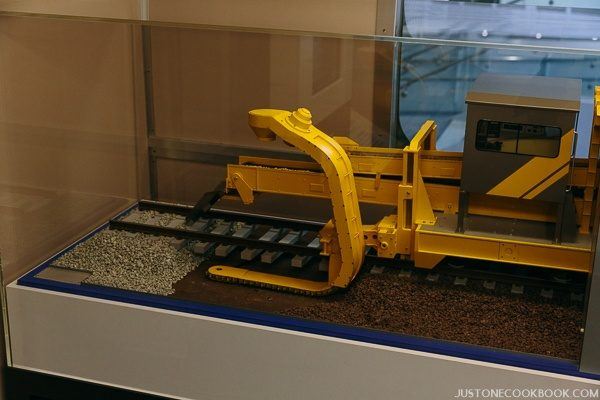
In one of the trains, an educational video showed how tracks were replaced using specialty equipment that could lay tracks and pour rocks at the same time for replacing the tracks quickly.
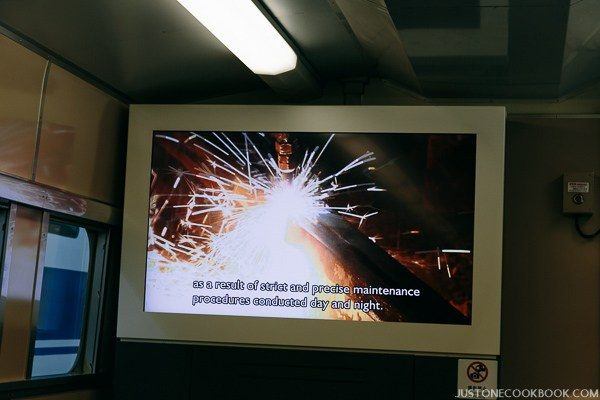
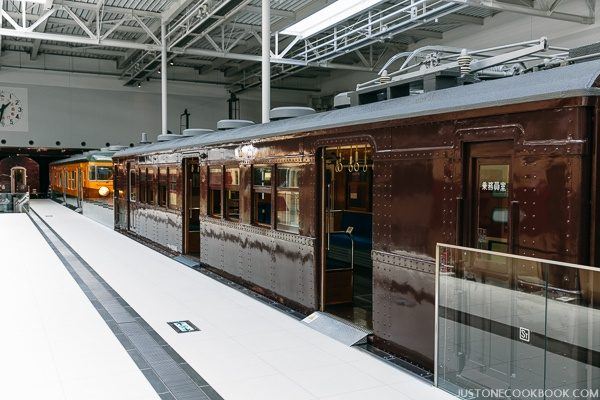
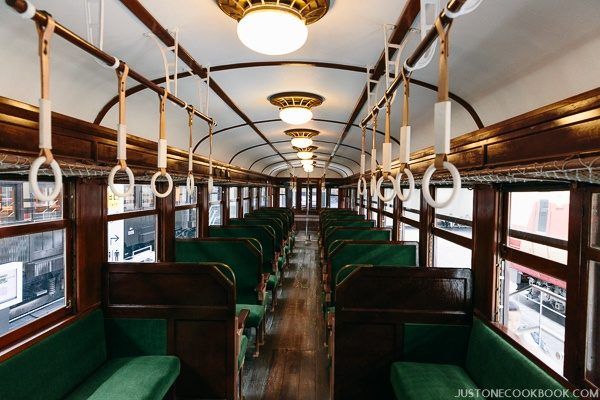
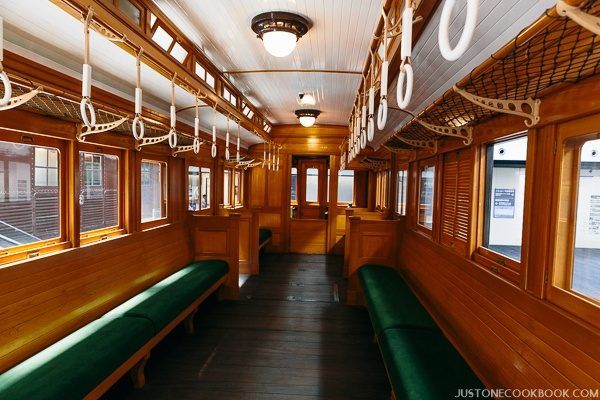
A lot of the older trains had beautiful wood paneling that is well preserved.
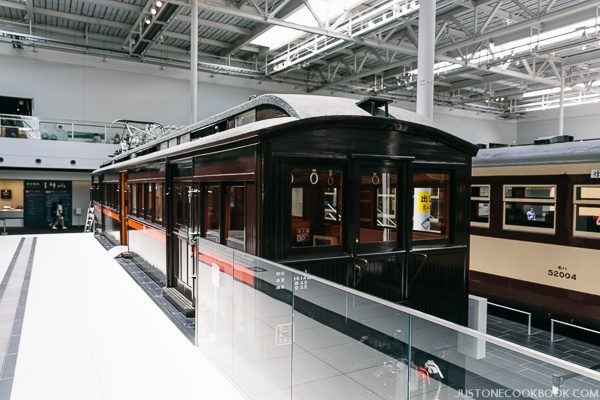
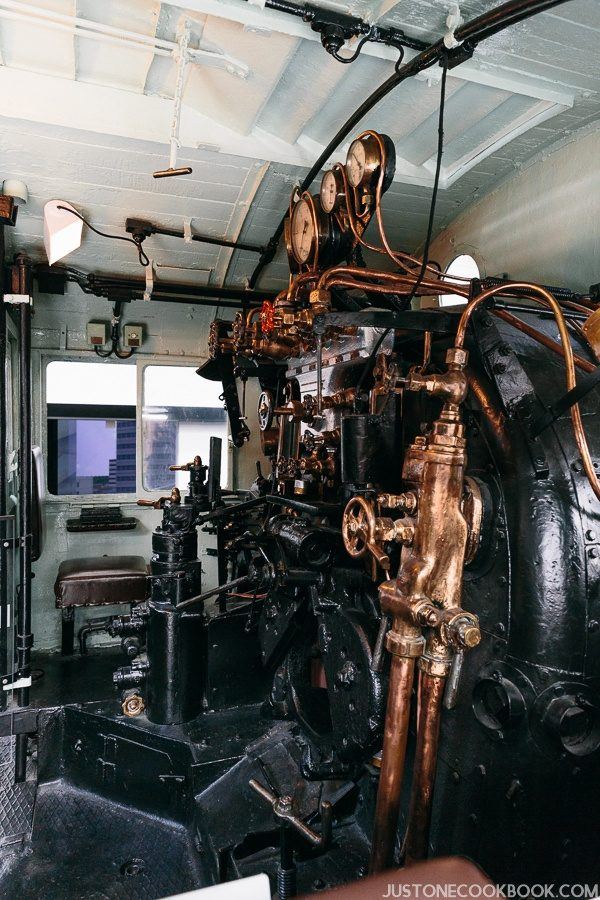
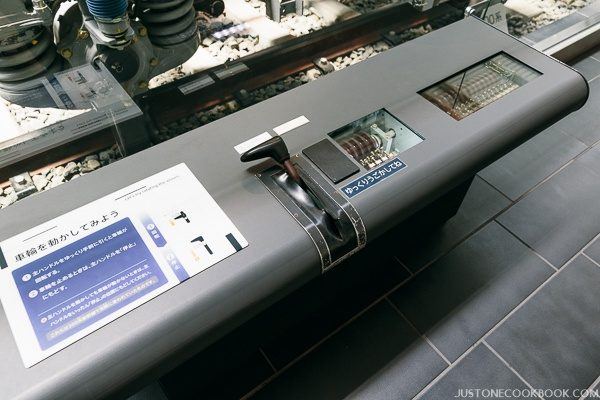
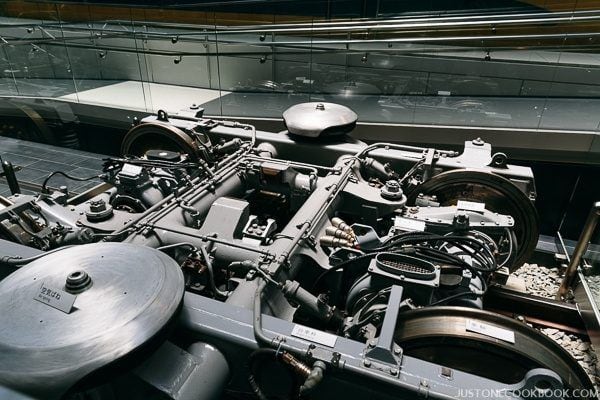
Besides the trains on display, there are different stations that teach you how different parts of the trains work.
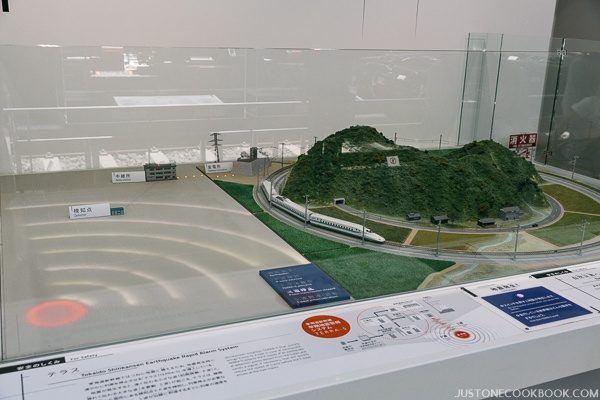
Demonstration of the earthquake alert system.
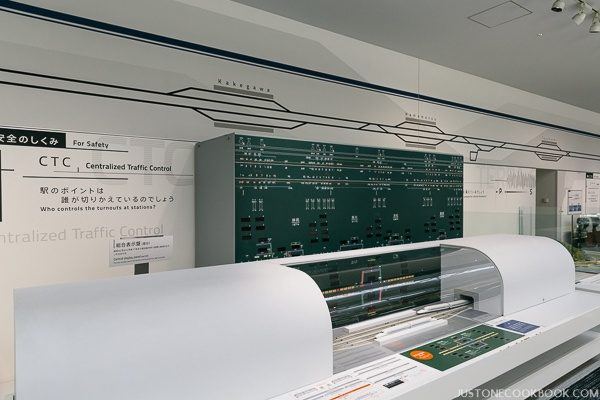
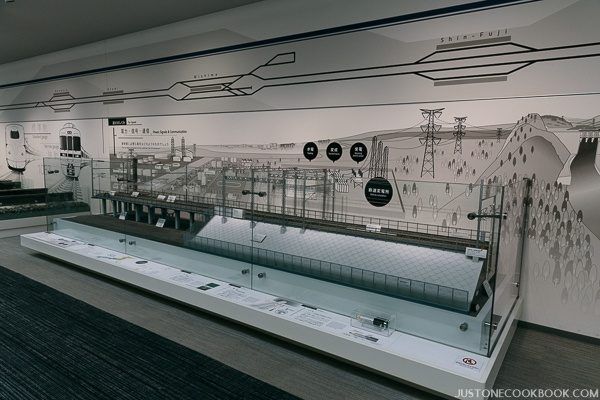
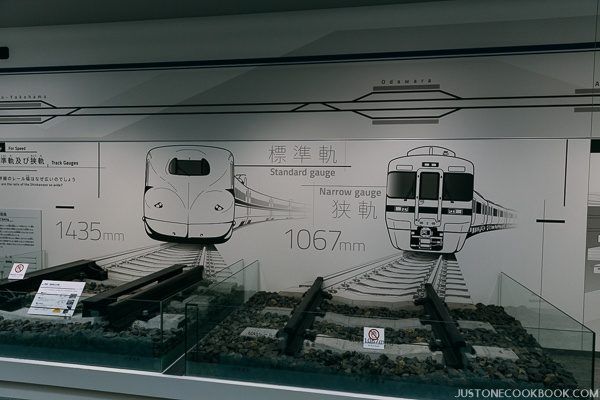
Width of the train track also evolved with the advancement in technology.
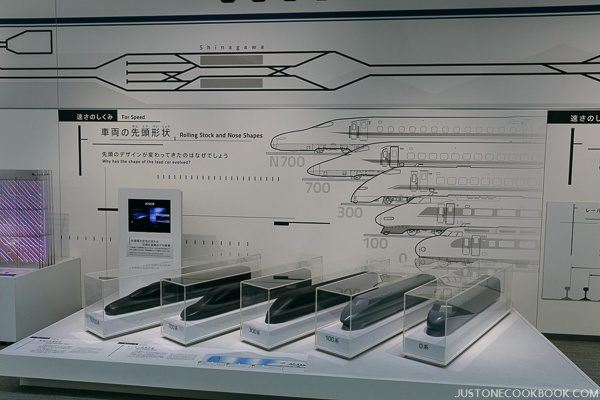
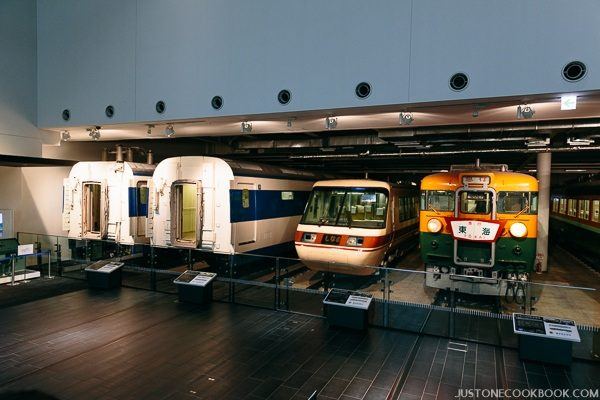
The trains in the main room allowed the visitors to go through them, there were plenty more in the back but you are not allowed to go inside them.
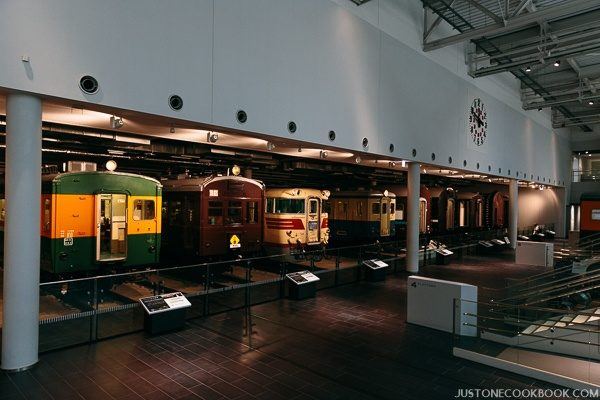
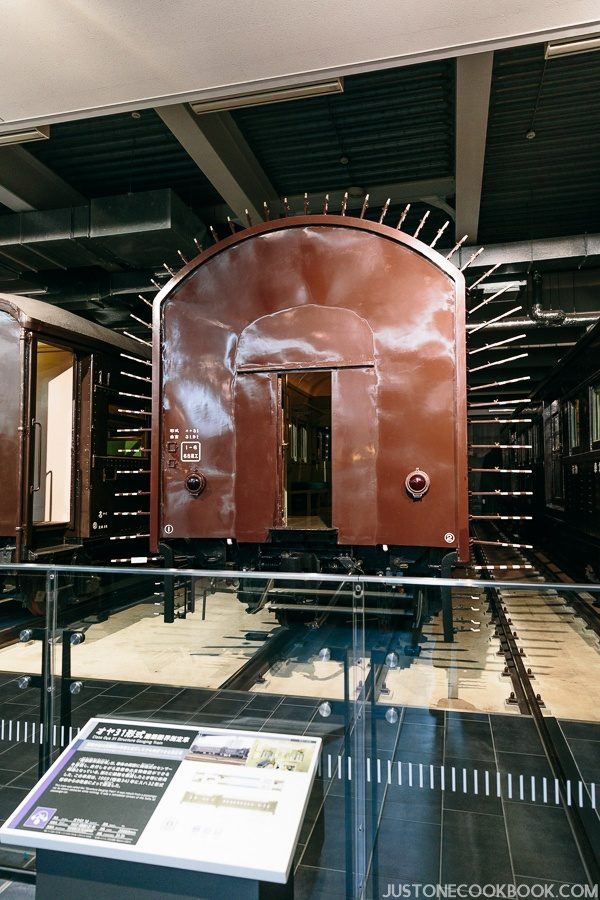
Can you guess what this train is for? It’s for testing if the tunnels are wide enough.
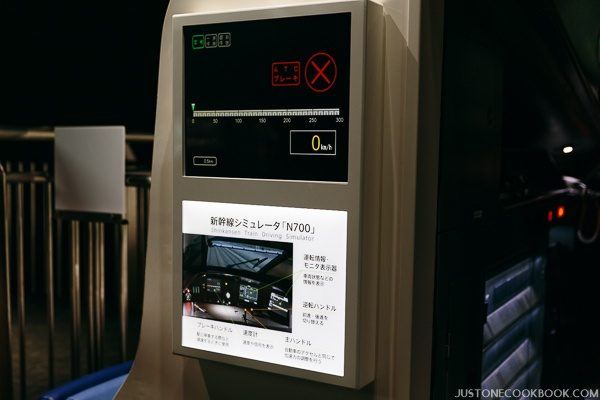
There are random drawing throughout the day for lotteries to win the opportunity to drive the shinkansen N700 simulator.
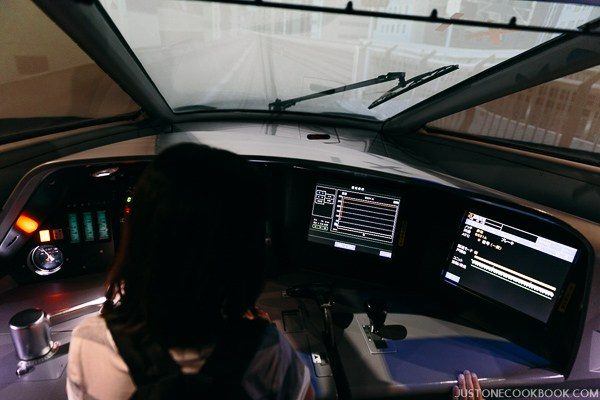
The simulator drives the shinkansen from Tokyo to Nagoya.
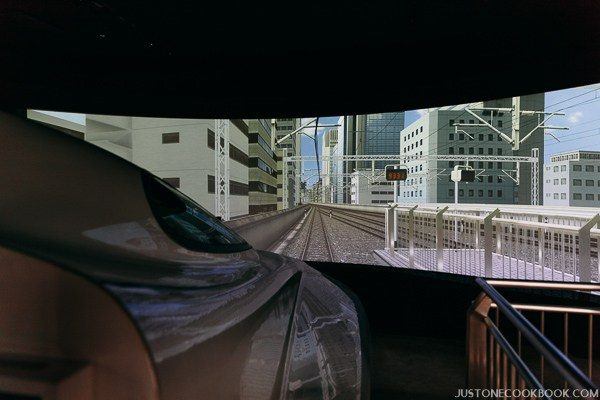
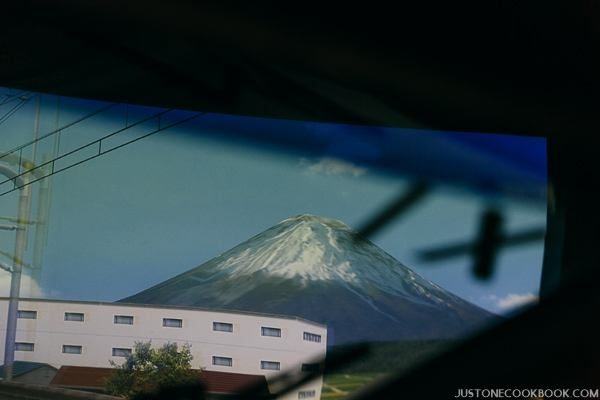
Mt. Fuji!
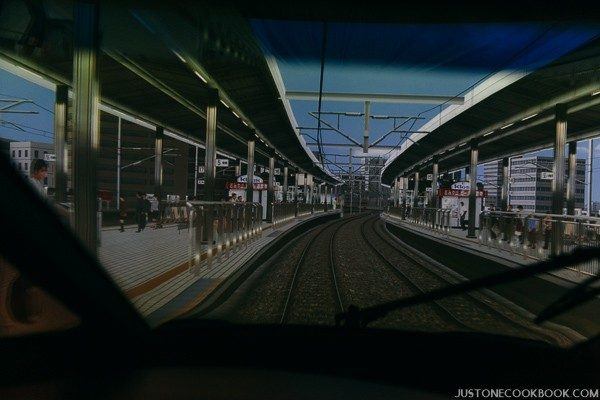
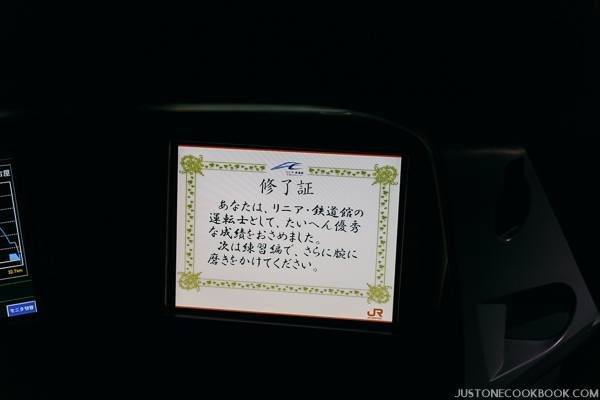
In the end, you get graded based on how well you drove the Shinkansen. From this simulation, we learned that when the train comes into a station, it’s a fully automated process and the drivers do not actually control the train!
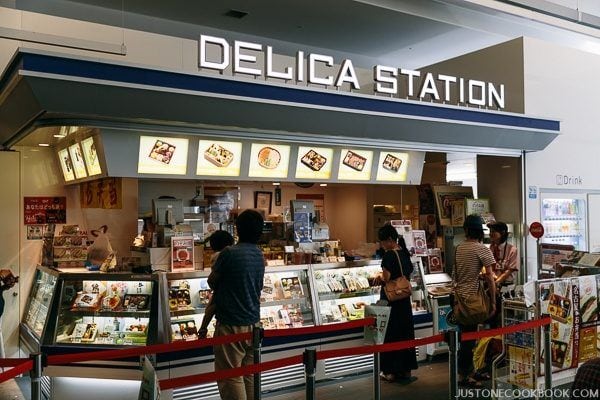
The lunch cafe carried…. you guess it, the train bentos from all over different parts of Japan!
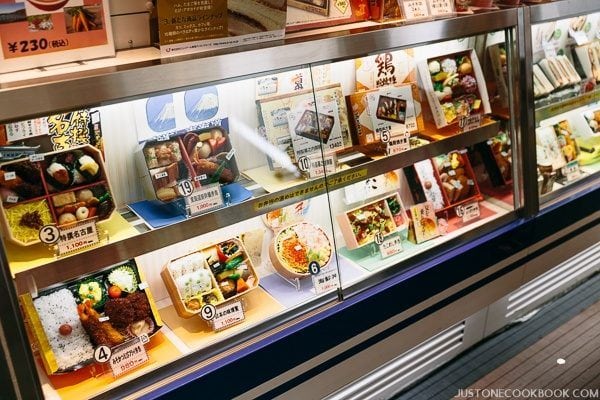
What would you pick?
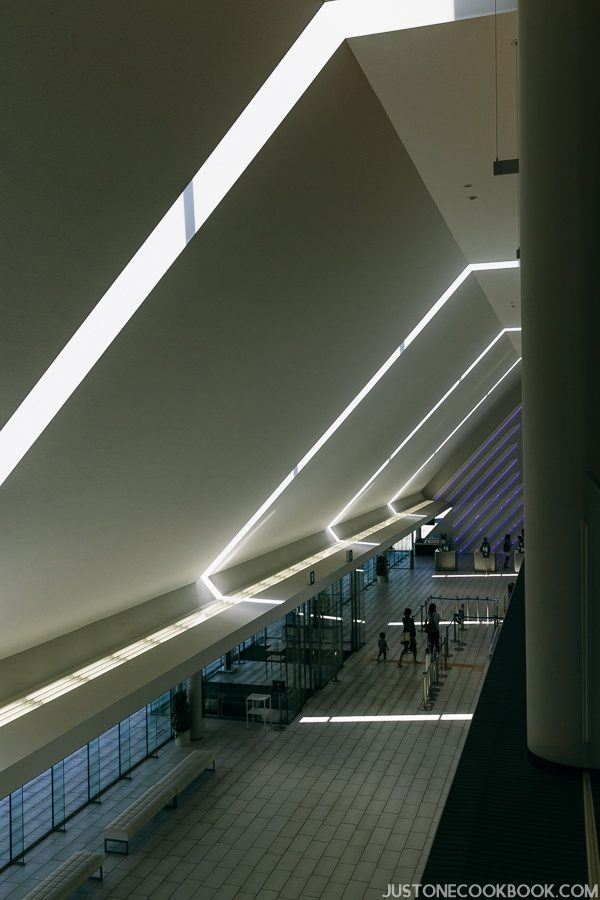
There is a theater that showed the progression of train – Evolution of Nozomi.
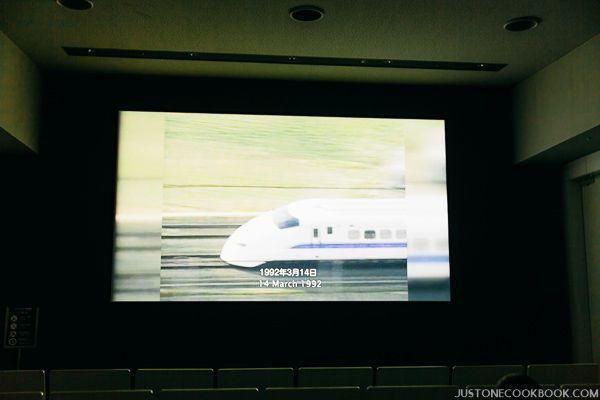
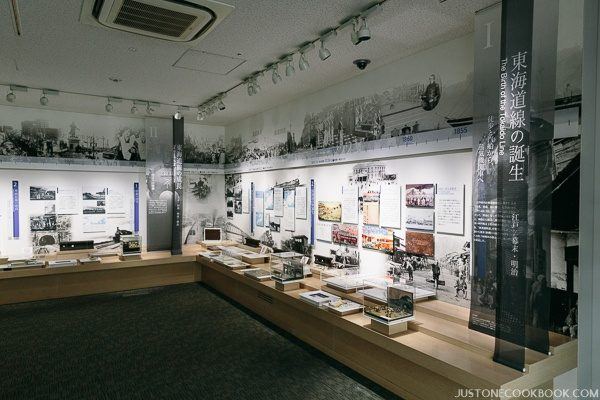
Museum space upstairs had artifacts and histories about trains in Japan.
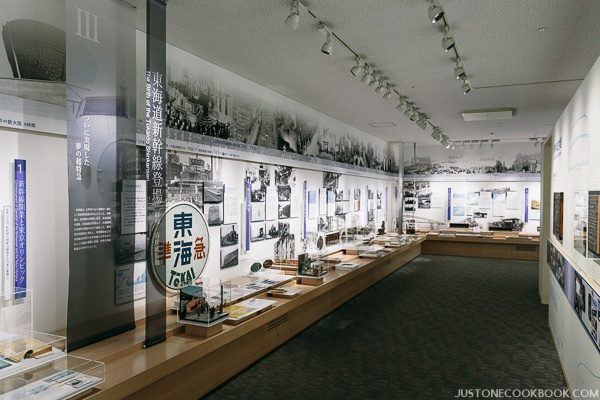
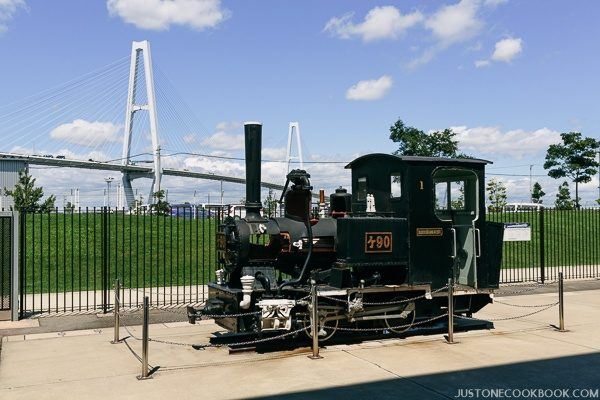
An exhibition Outside of the building.
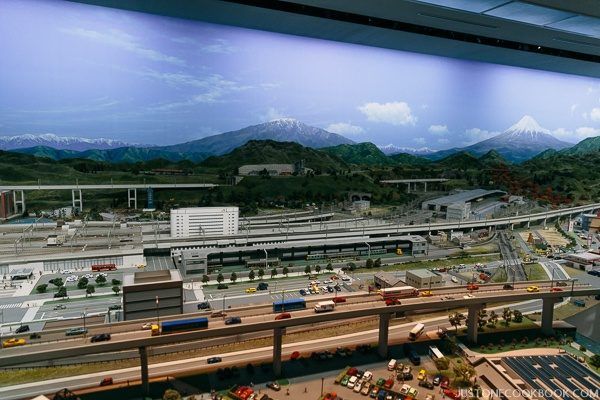
One of the most interesting rooms had a large model of life with trains, with scenes from Tokyo, Nagoya, Kyoto, Osaka and Kobe. The coolest part is when all the trains start moving. The exhibition lights up and makes some noises.
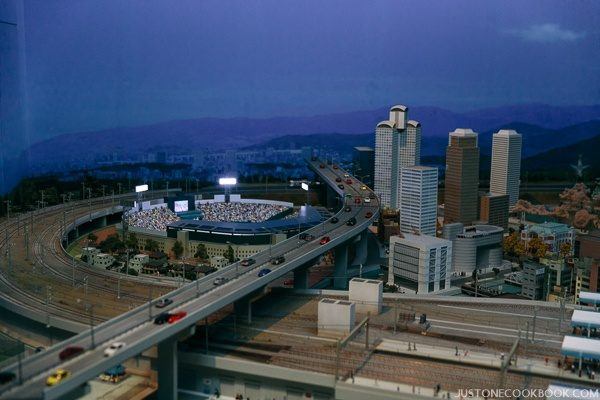
Koshien Stadium in Kobe.
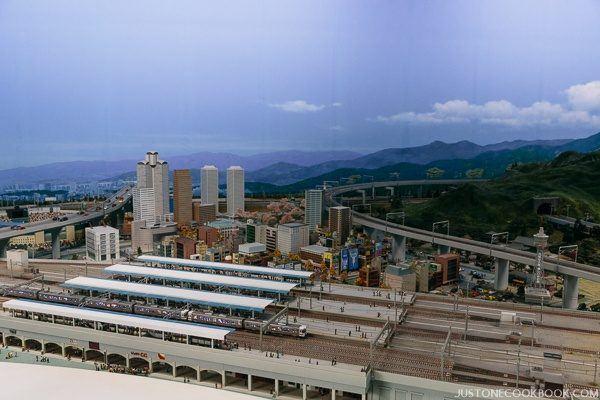
Osaka Station.
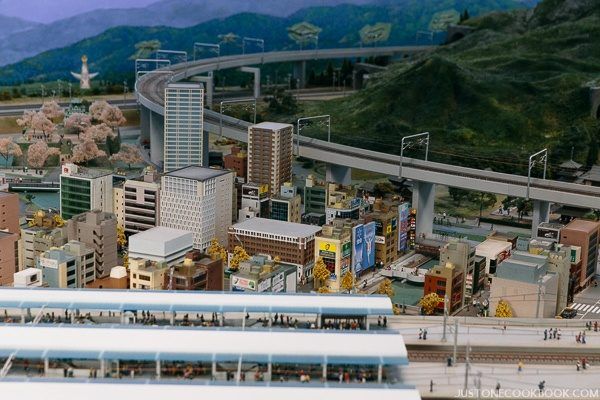
Do you recognize the Glico man on the building? It’s Osaka!
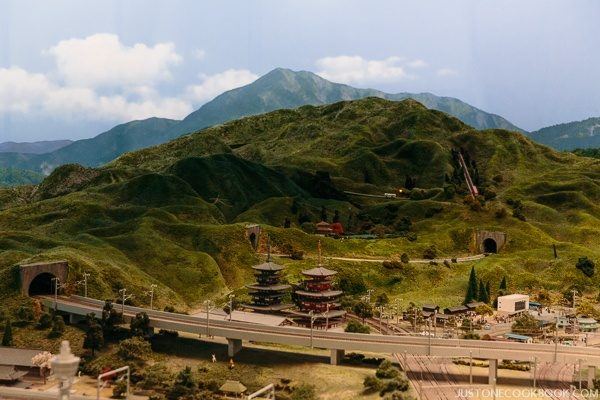
Kyoto’s temple and mountain.
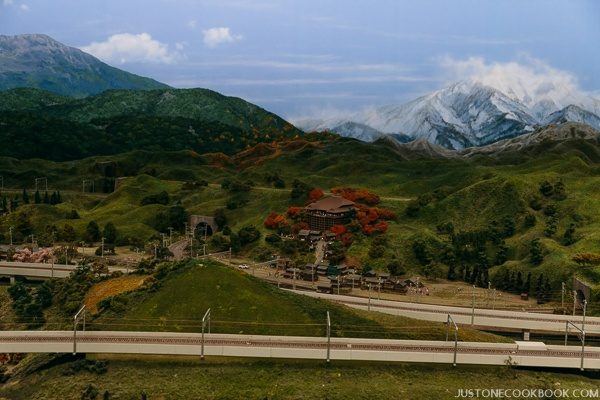
Kiyomizu Temple.
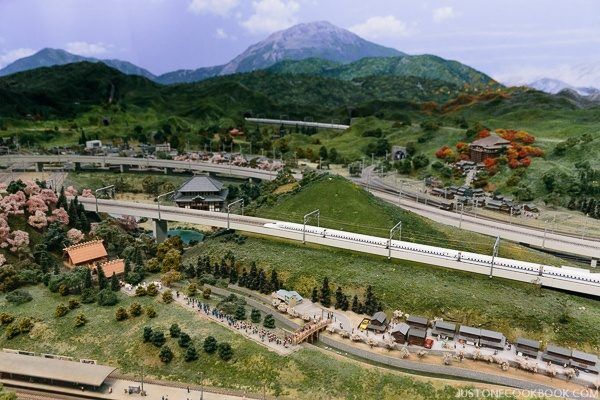
Kyoto.
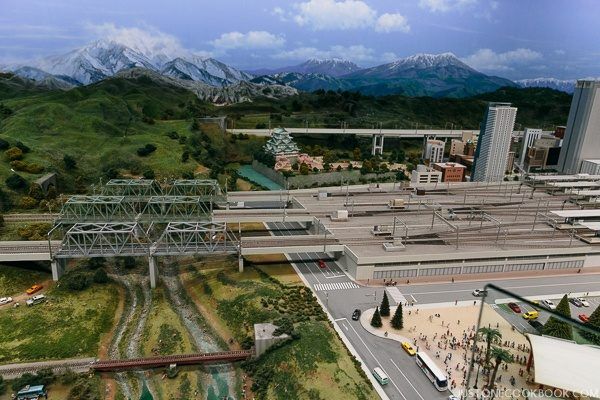
Nagoya Castle.
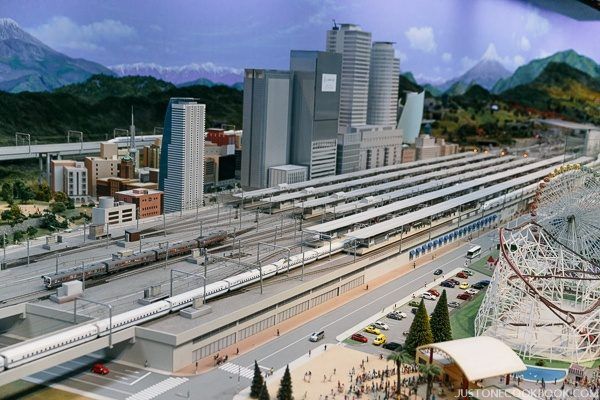
Nagoya Station.
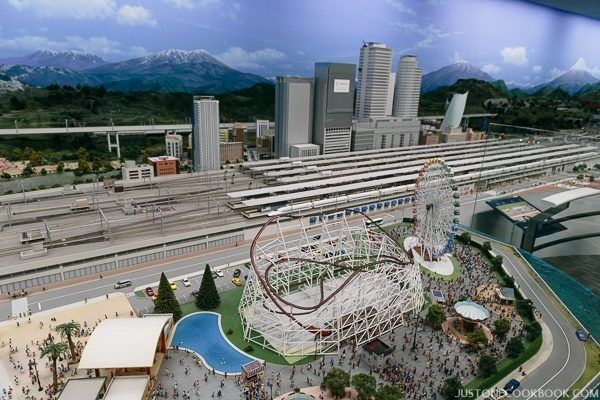
Nagoya Sea Train Land.
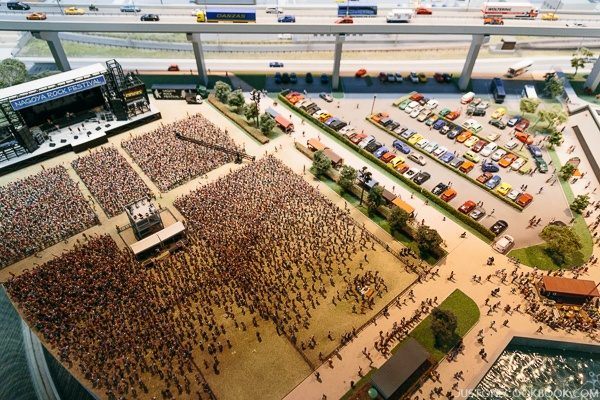
Nagoya Rock Festival.
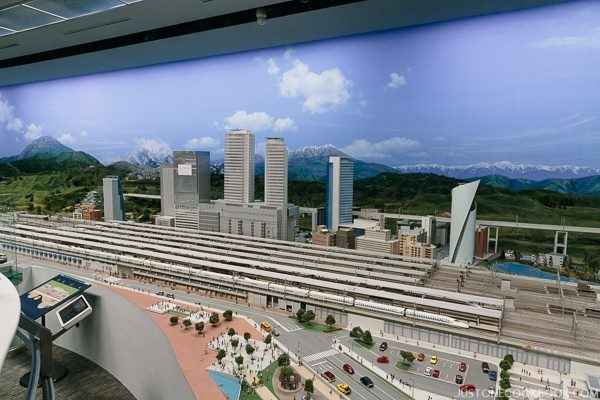
Nagoya Station.
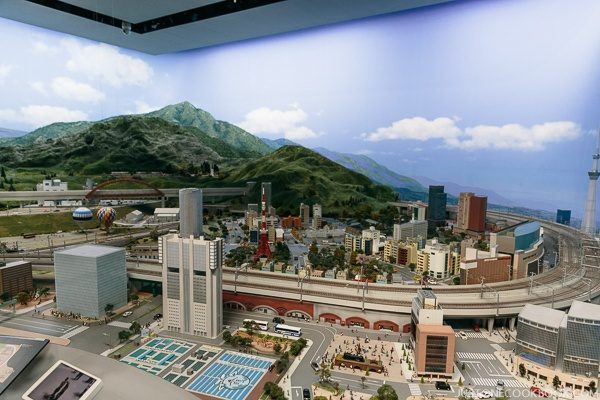
Tokyo Tower and Tokyo Skytree.
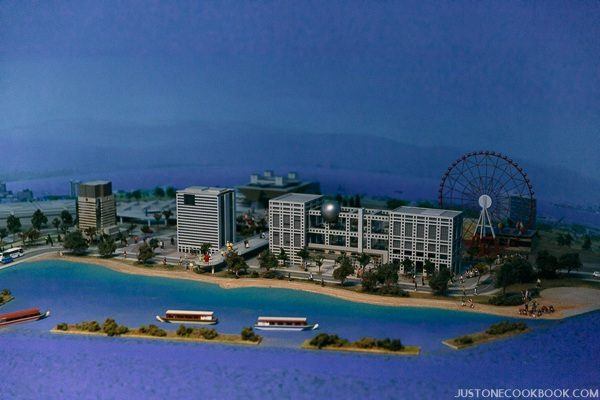
Tokyo Odaiba.
Toyota Commemorative Museum of Industry and Technology トヨタ産業技術記念館
After visiting the railway park in the morning, we continued the technology theme and visited Toyota Commemorative Museum of Industry and Technology in Nagoya.
The museum is dedicated to celebrating the 2 industries built by Sakichi Toyoda, textile machinery and of course, Toyota cars!
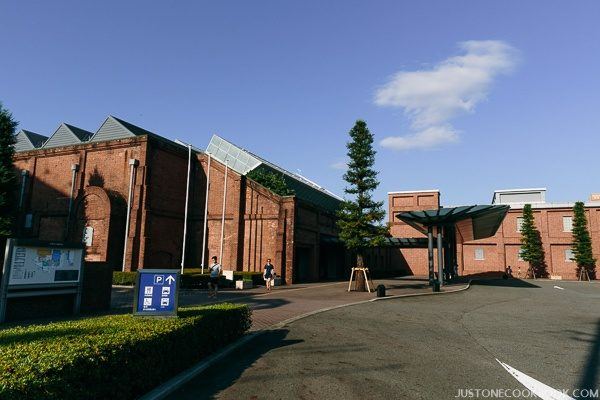
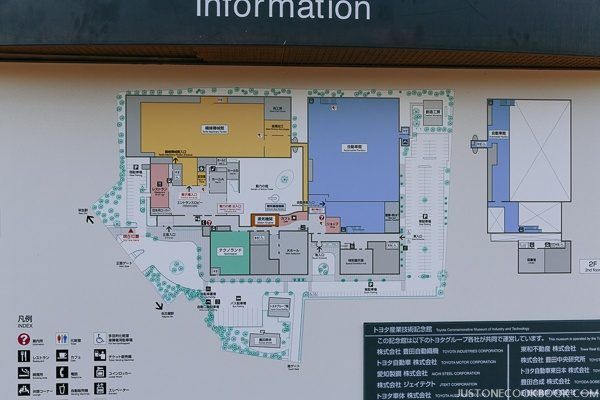
The museum is really big and there are so many interesting things to learn and see, so give yourself at least 3-4 hours minimum. We spent about 3 hours there and didn’t get to finish all the exhibitions.
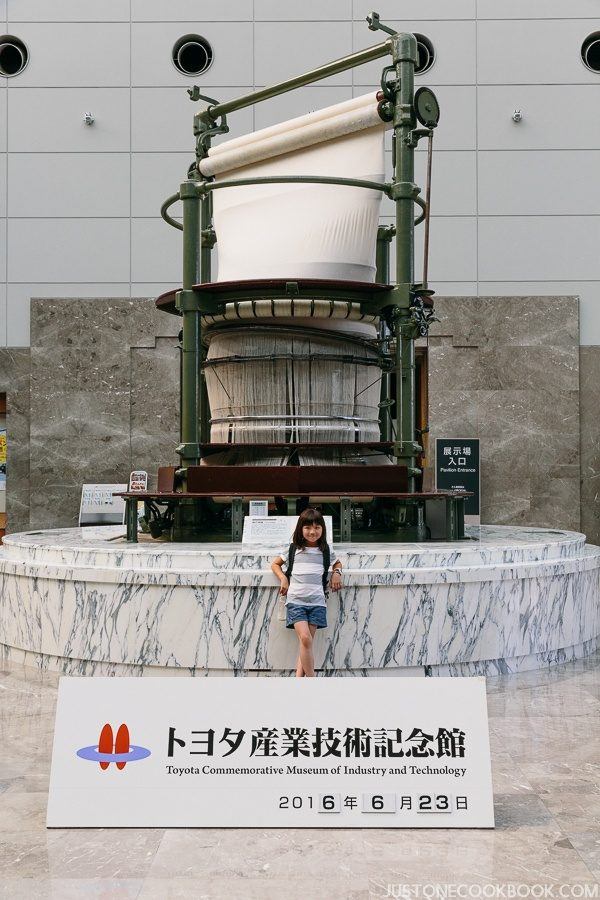
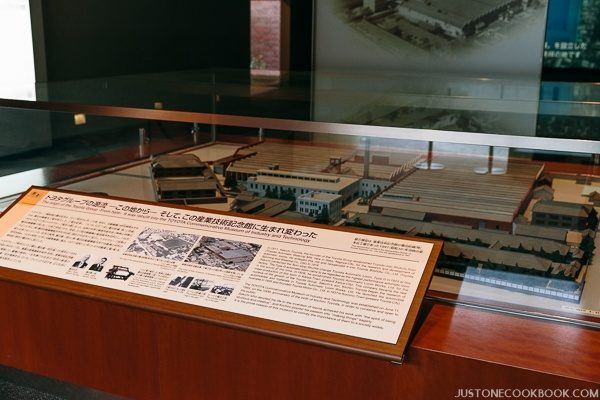
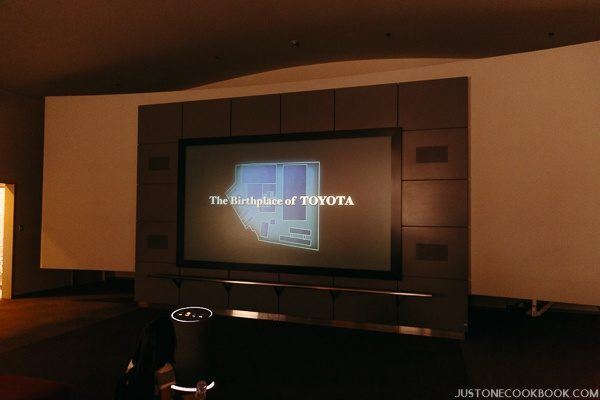
A short movie about the birthplace of Toyota plays near the entrance.
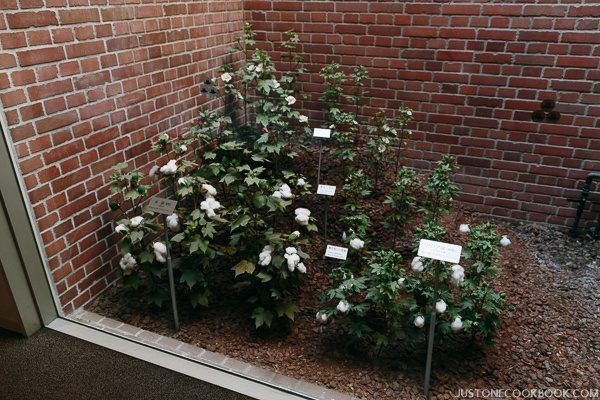
Varieties of the cotton plant.
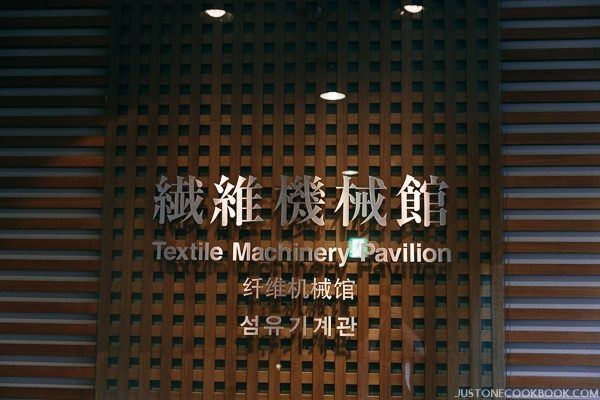
The founder of Toyota Sakichi Toyada invented many of the patents used in textile machinery, read more here.
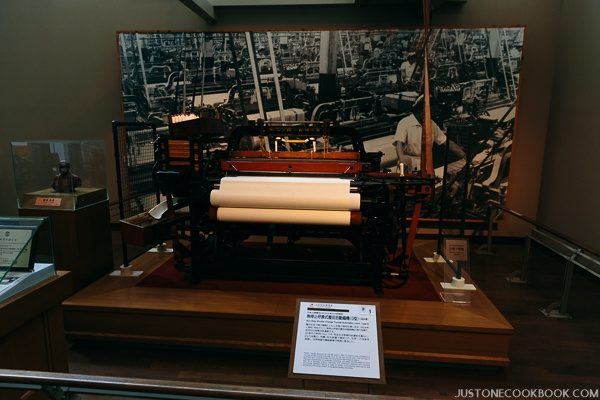
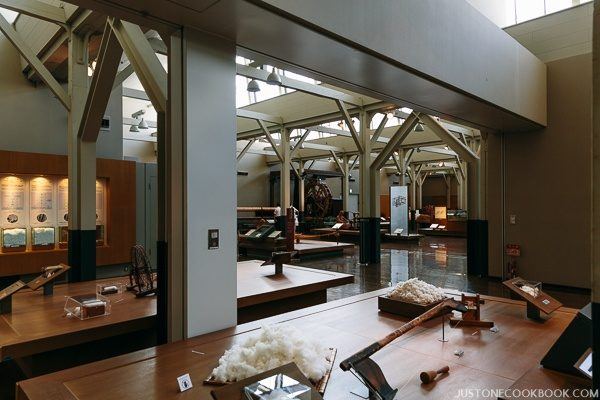
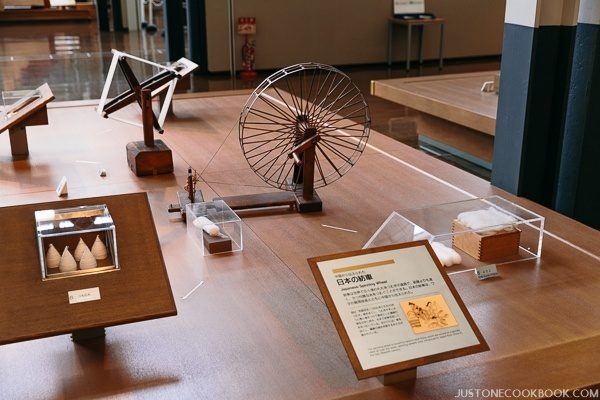
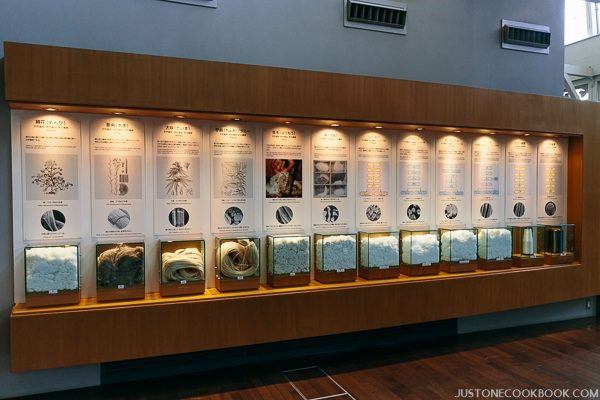
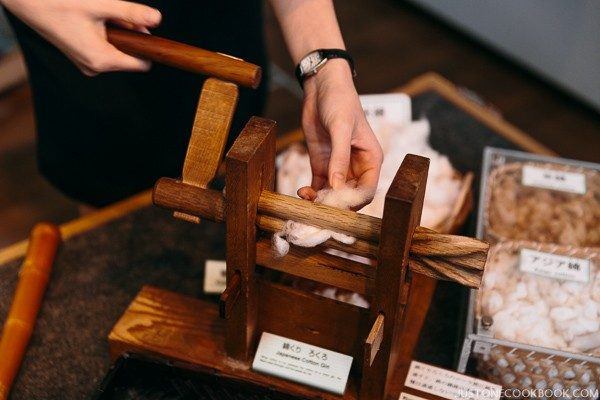
The workers explain the process of how cotton collected from cotton plants are turned into threads and fabric.
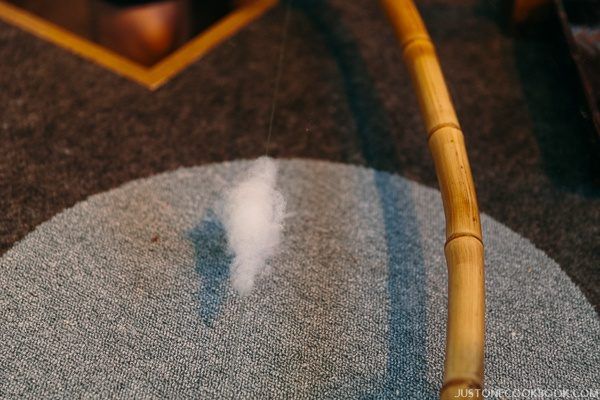
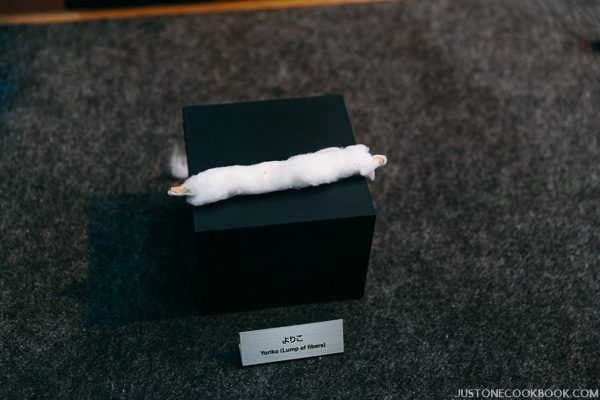
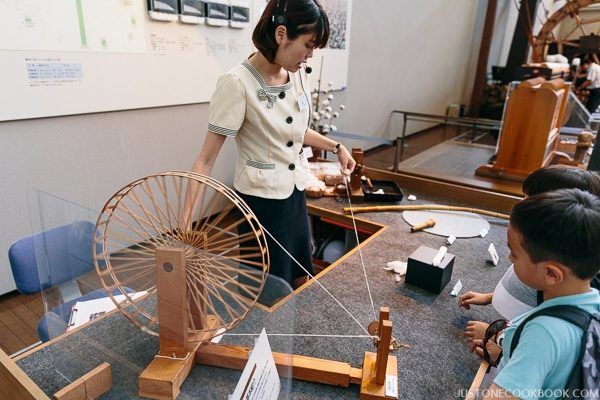
It’s a very hands-on experience as they allow visitors to touch and feel the cotton through the production process.
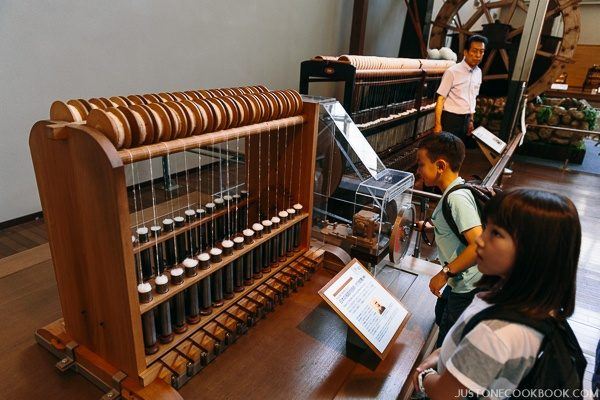
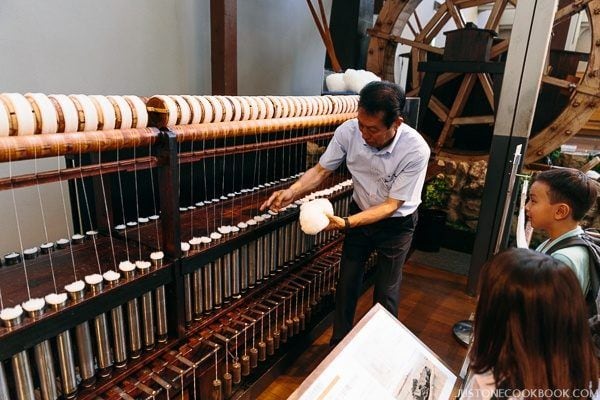
The workers explain in English how each machine works as well as the unique characteristics of cotton.
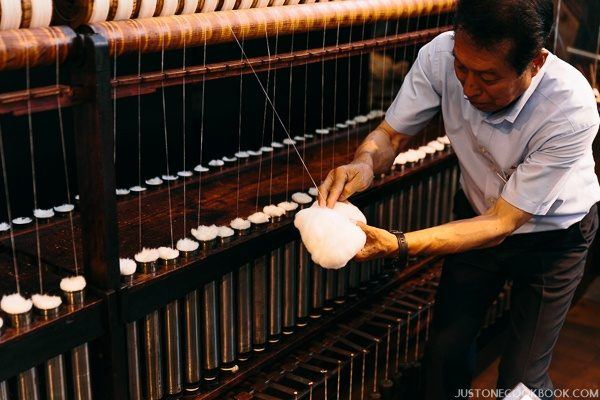
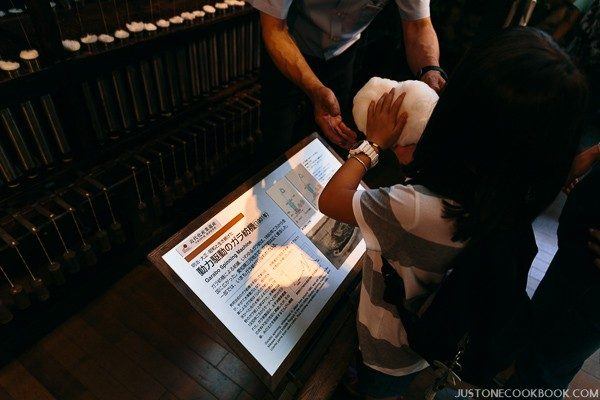
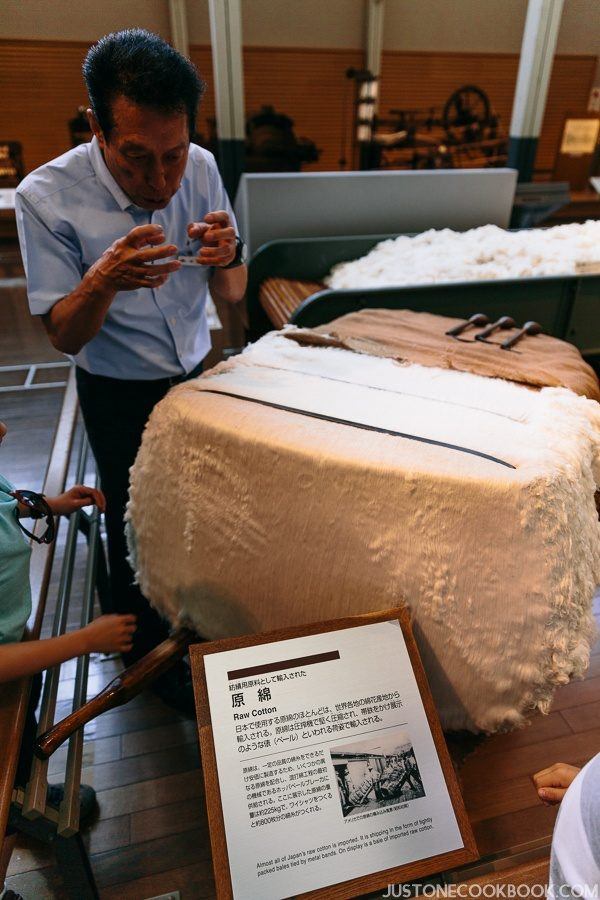
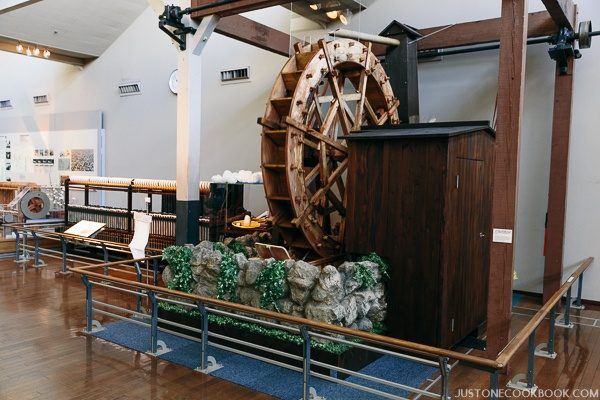
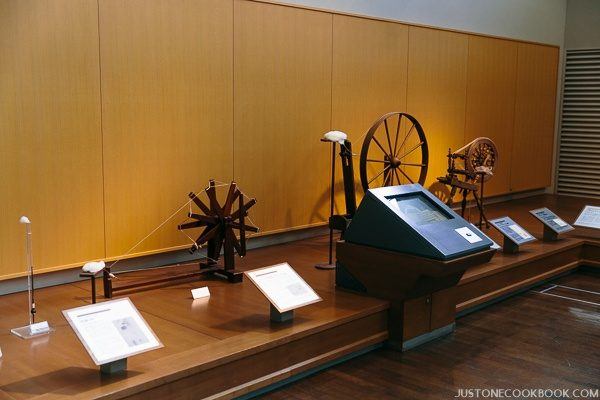
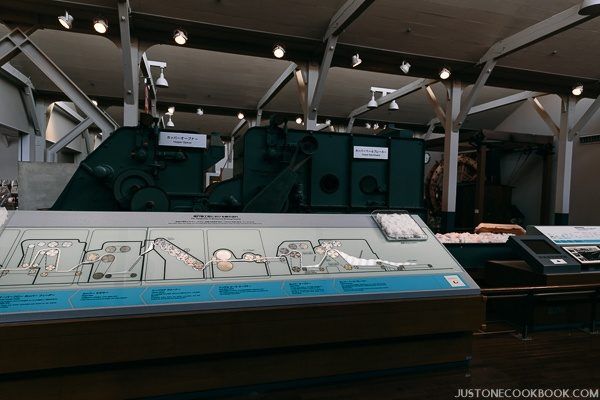
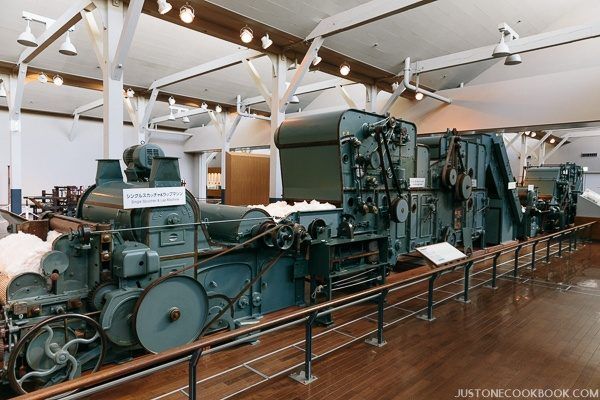
The machines on display evolved from antiques to early automated machiney, allowing visitors to understand how the technology has changed.
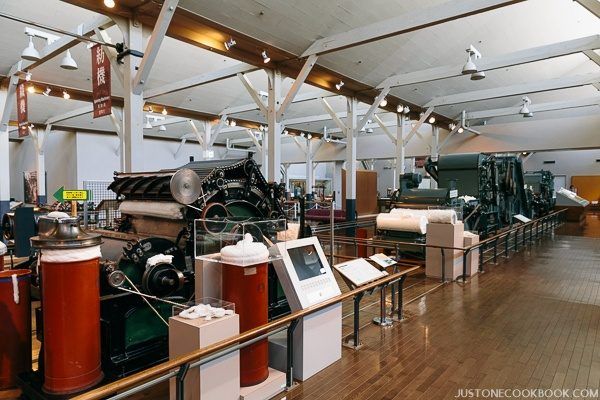
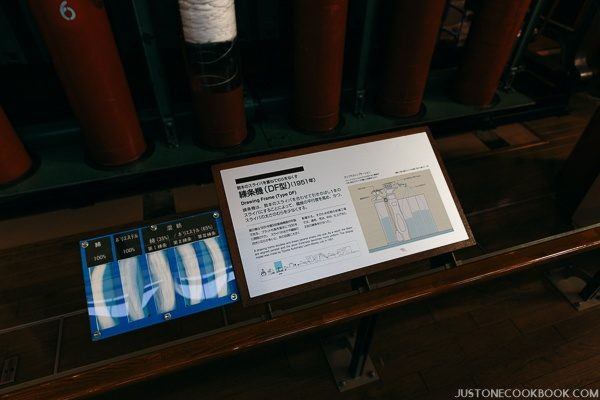
Many machines have signs next to them explaining their purpose in multiple languages.
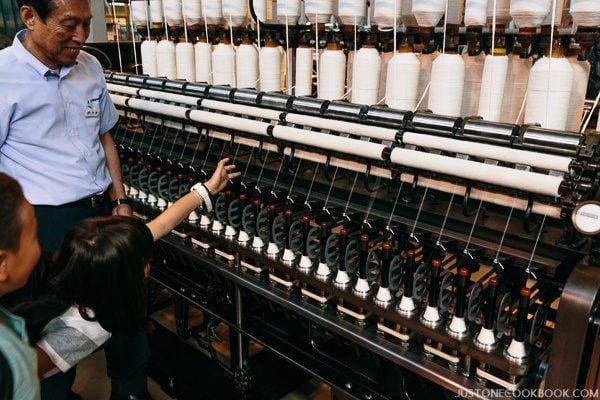
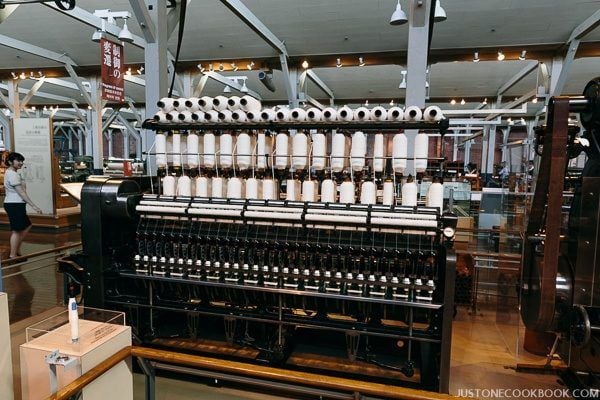
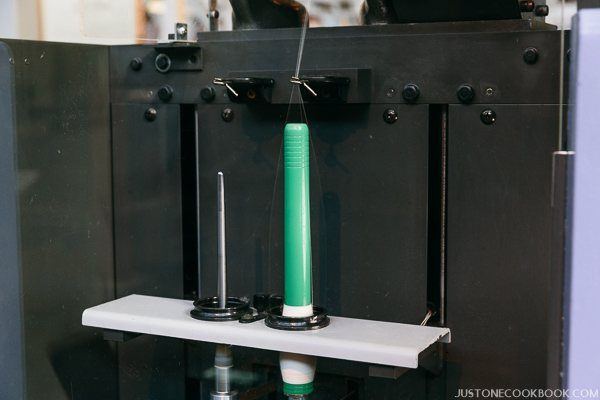
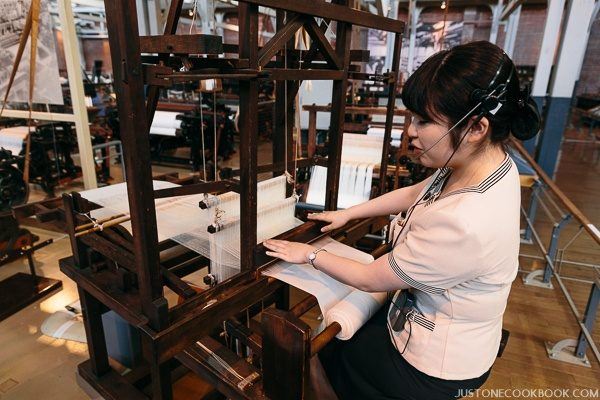
Workers demoing one of the machines Mr. Toyoda had invented.
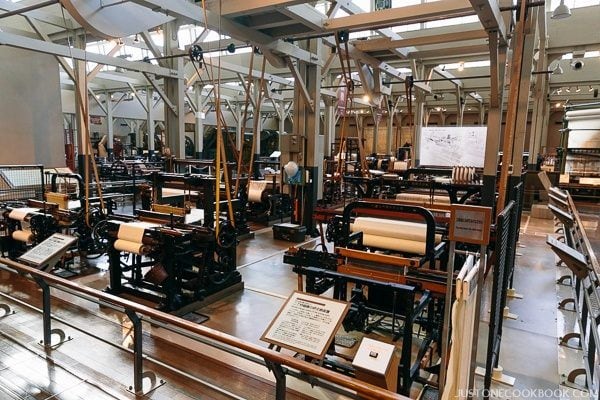
Modern machines that are capable of creating interesting fabric with different designs and patterns. These patterns are not printed but sewn with different color fabric.
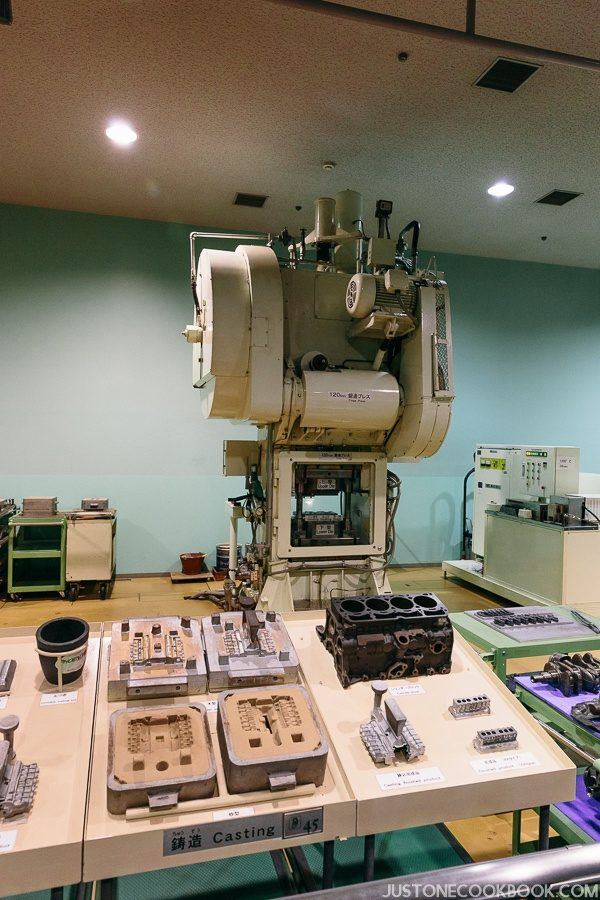
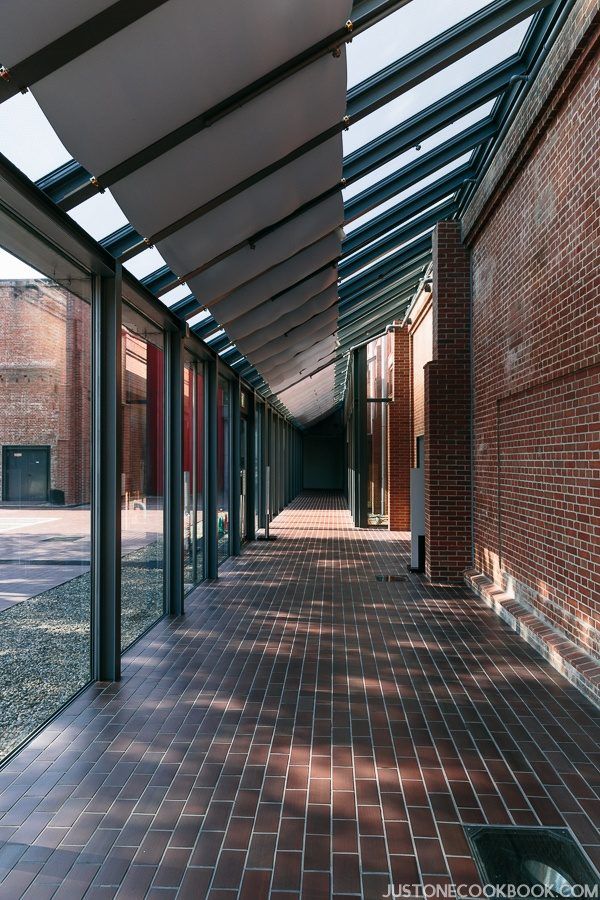
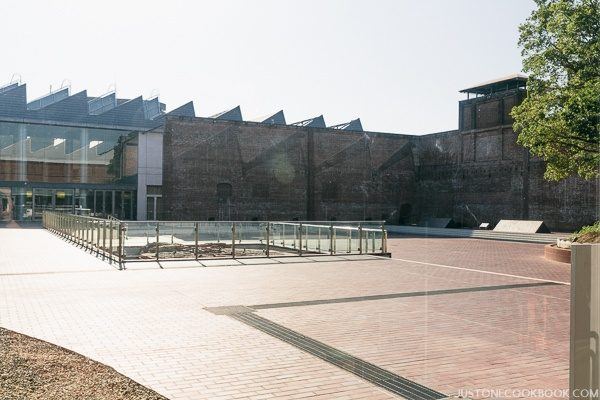
The large courtyard in the center of the museum.
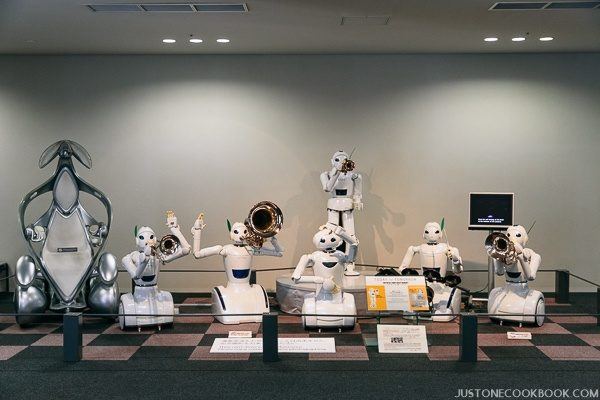
Toyota innovation also includes robots. This set of robots is capable of playing music.
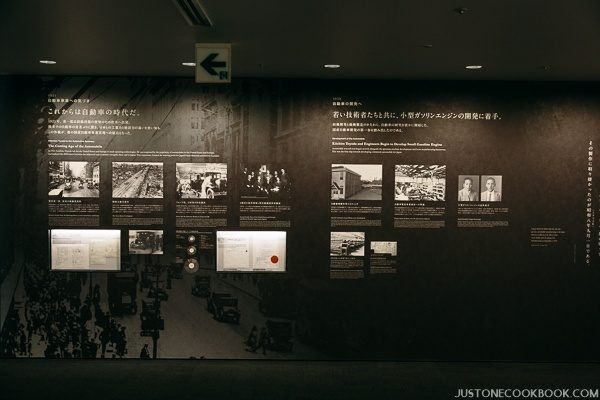
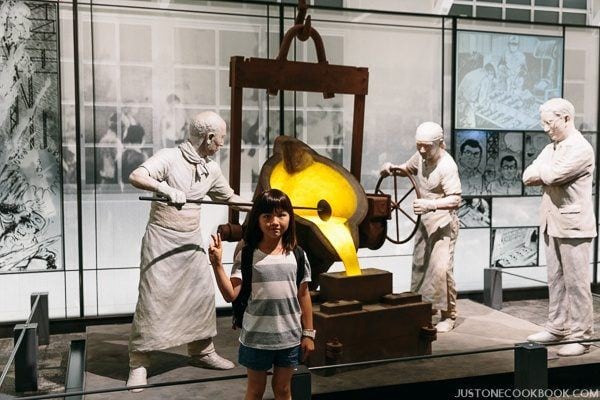
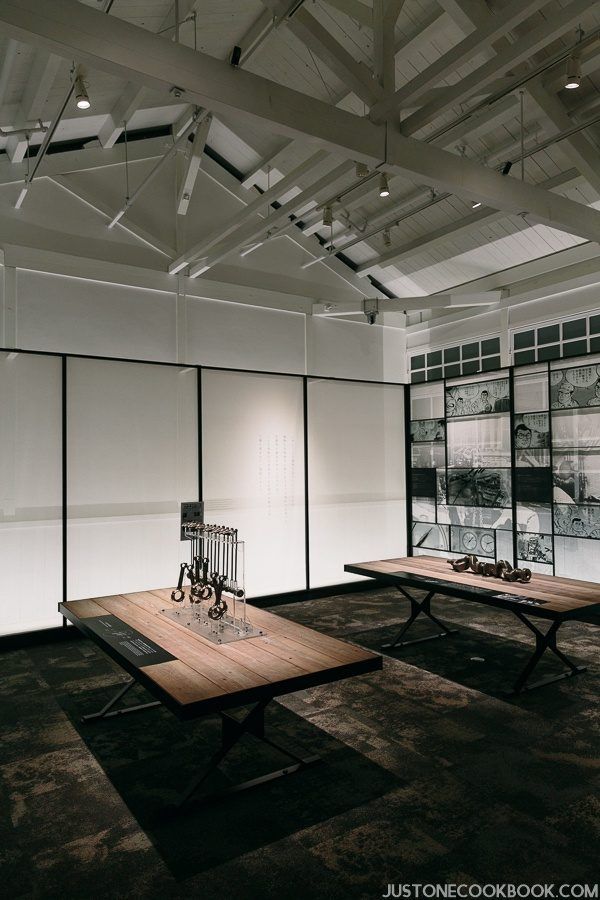
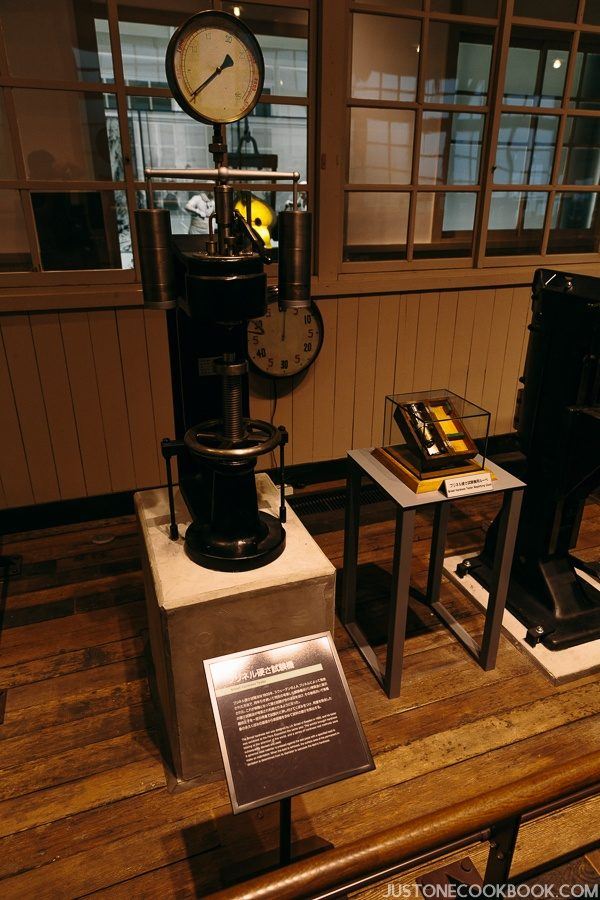
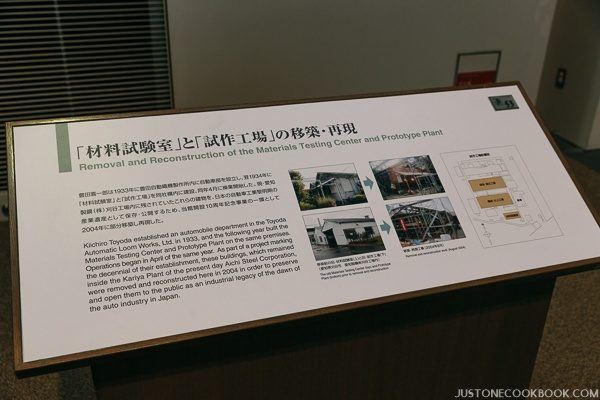
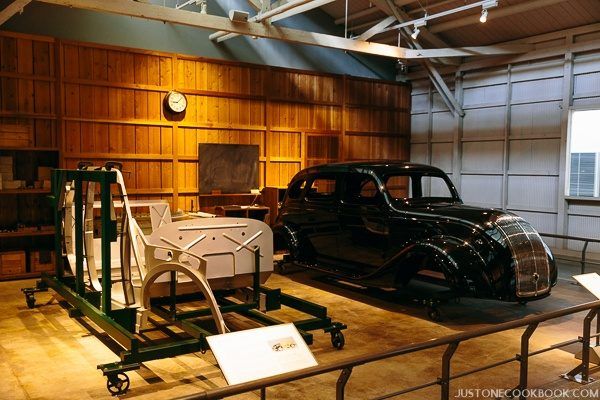
The second part of the pavilion is focused on cars. The exhibition includes how Kiichiro Toyoda became interested in the industry and how he built the first AA model in 1934.
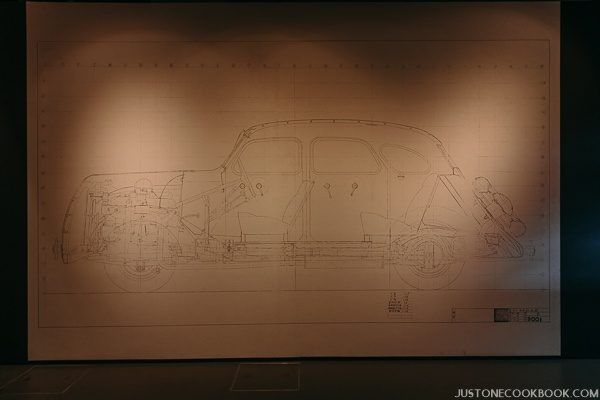
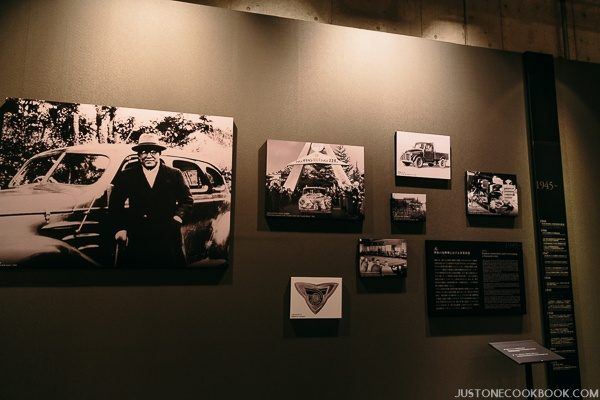
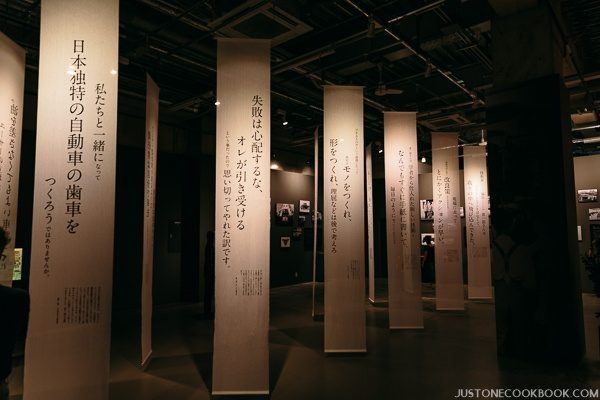
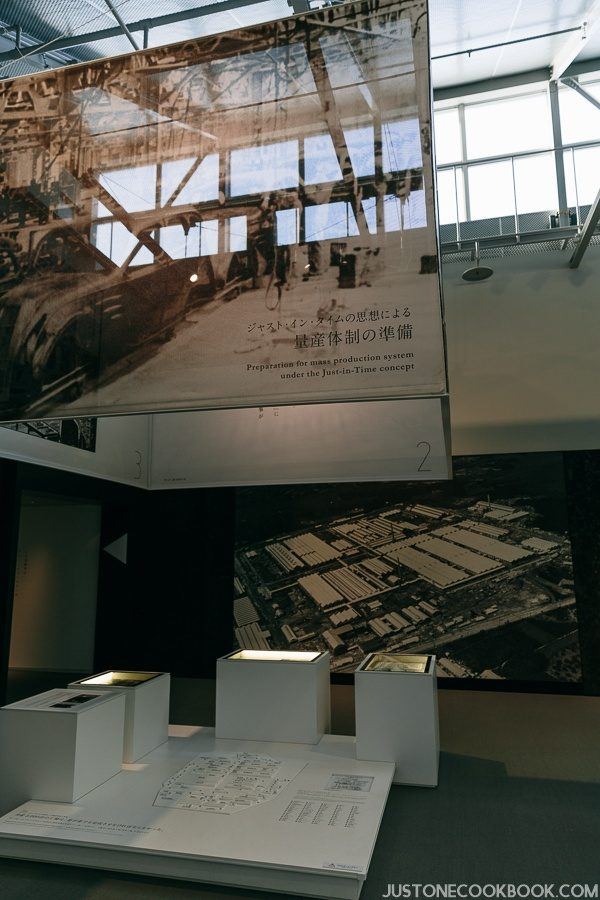
His famous “Just in time” concept.
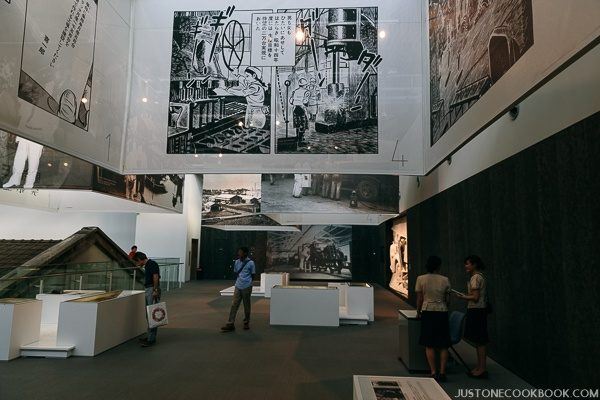
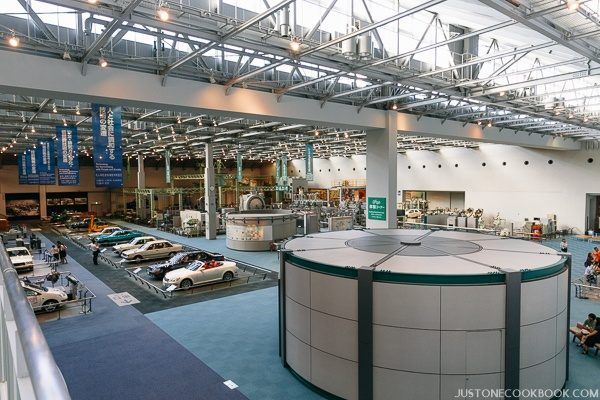
The massive auto pavilion with cars as well as the history and evolution of car manufacturing by Toyota on display.
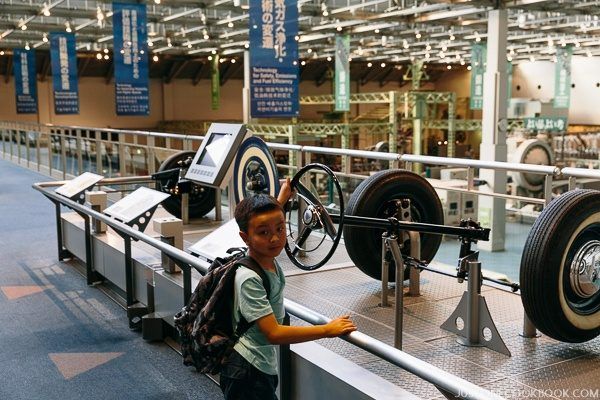
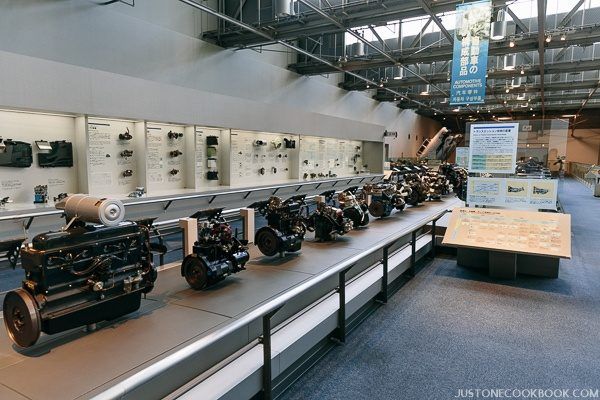
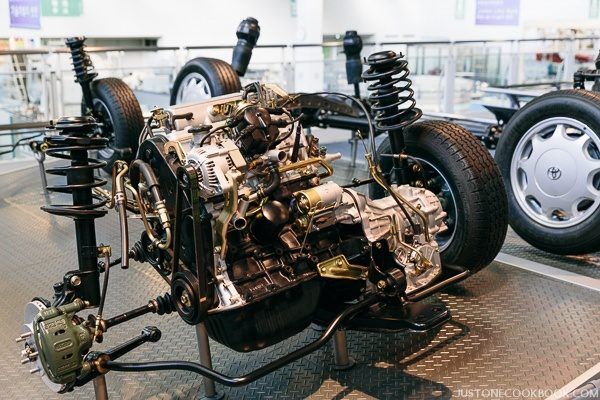
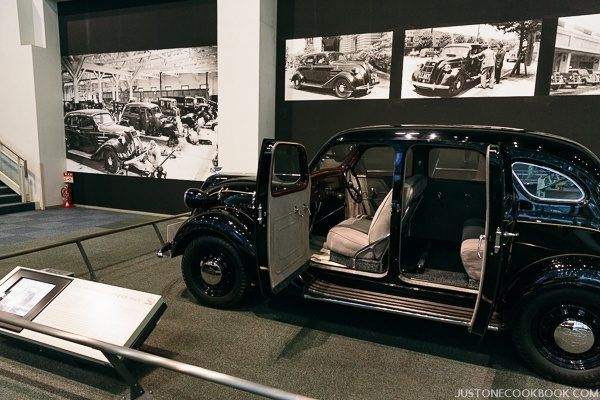
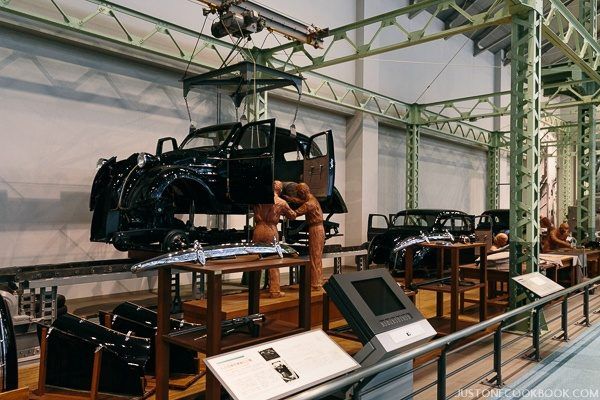
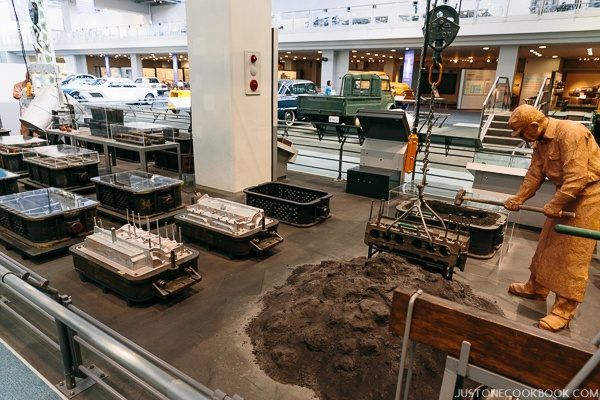
The process of how the mold for the engine is cast and created.
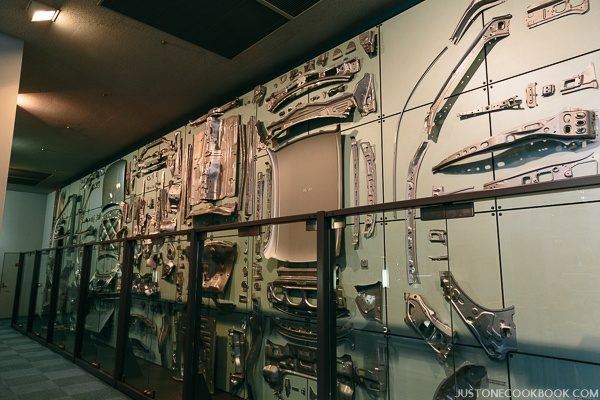
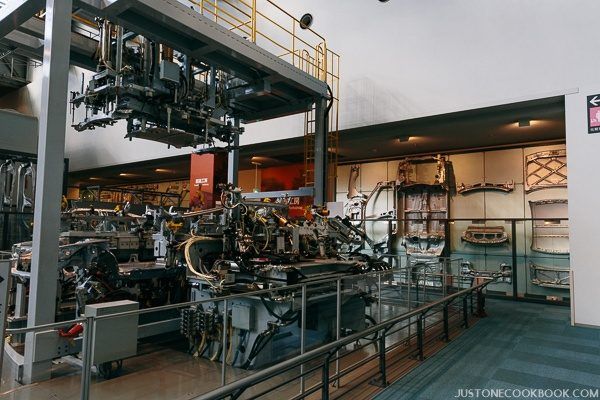
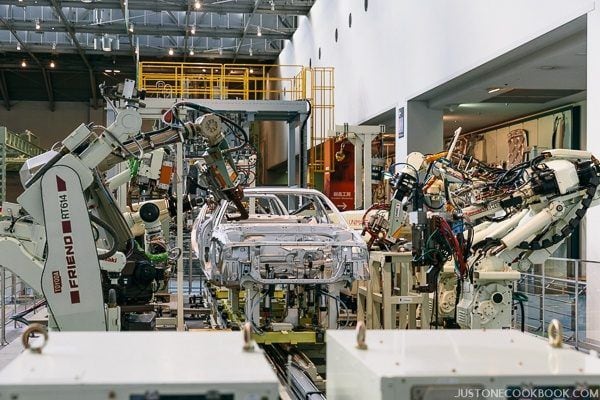
Modern robots that build the cars today.
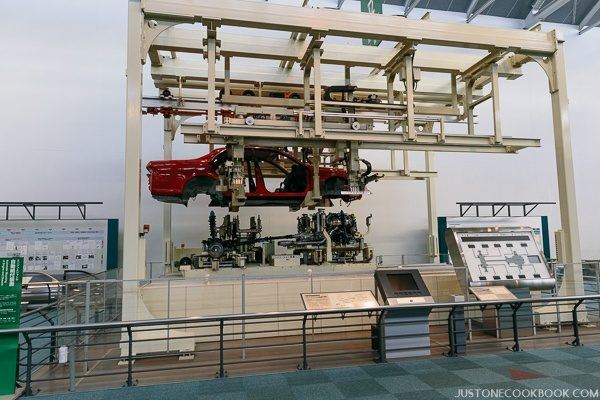
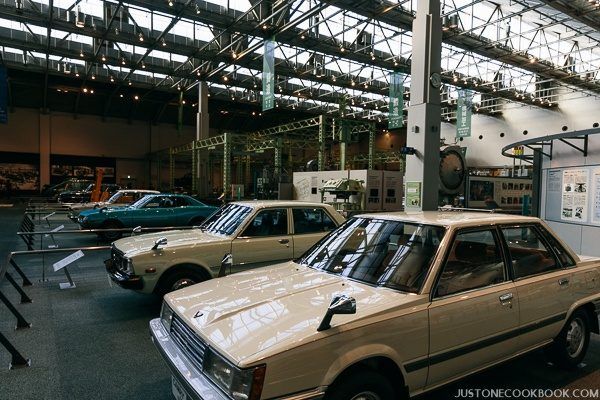
Classic to current Toyota cars are on display.
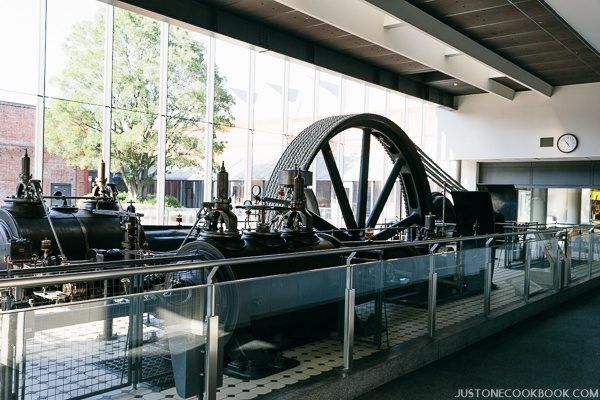
Nagoya TV Tower 名古屋テレビ塔
By this time, you must be hungry. Enjoy one of the famous Nagoya Food (Nagoya-meshi). We had chicken wings at Yamachan (read my post) before heading out to see the beautiful night view of the city from Nagoya Tower.
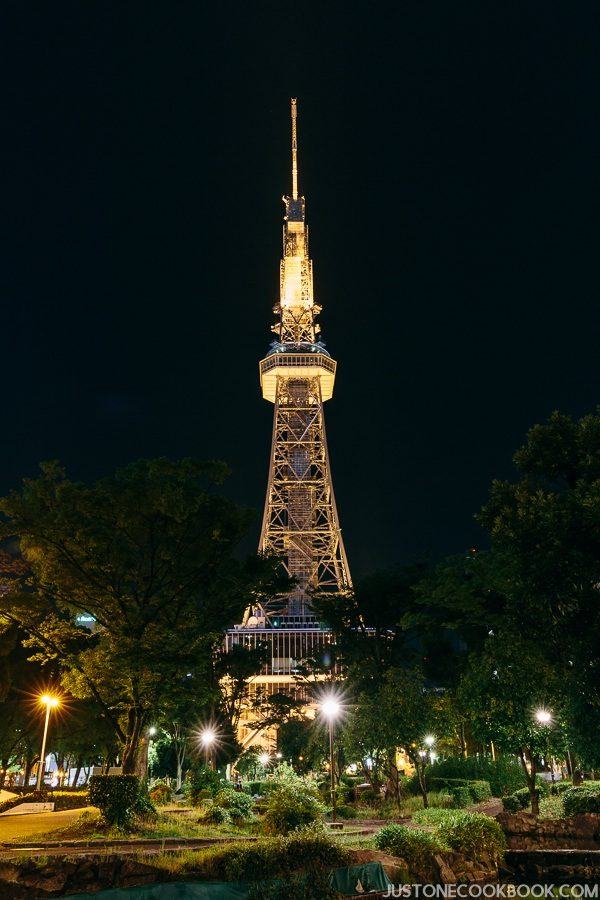
Nagoya Tower is located in the downtown Sakae district and it is the oldest TV Tower in Japan. There are 2 view decks, one at 90 meters which is indoors and the top outdoor deck is 100 meters.
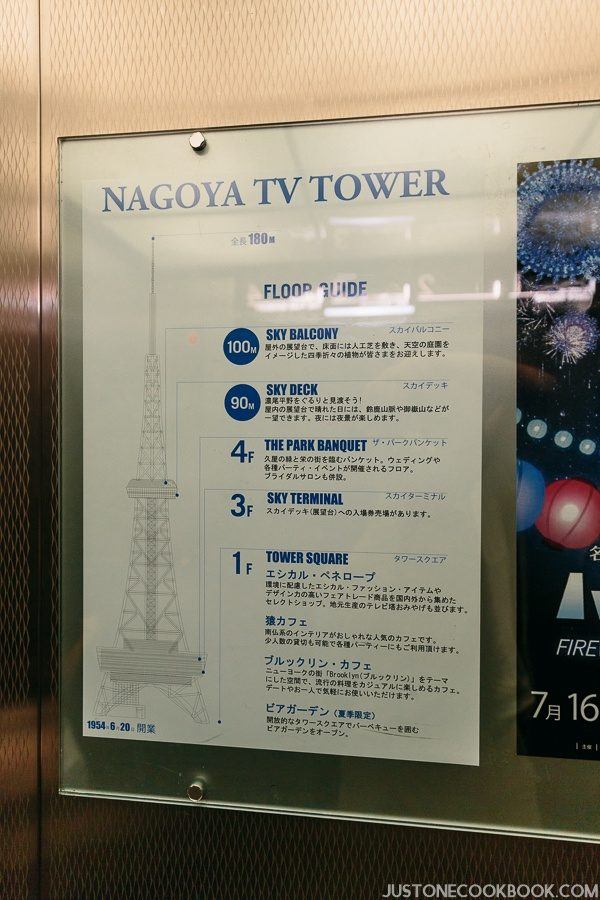
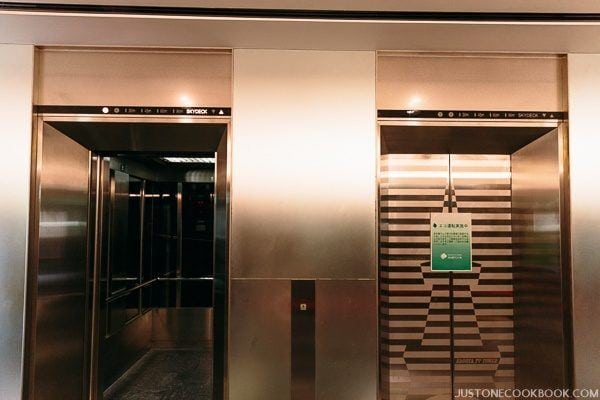
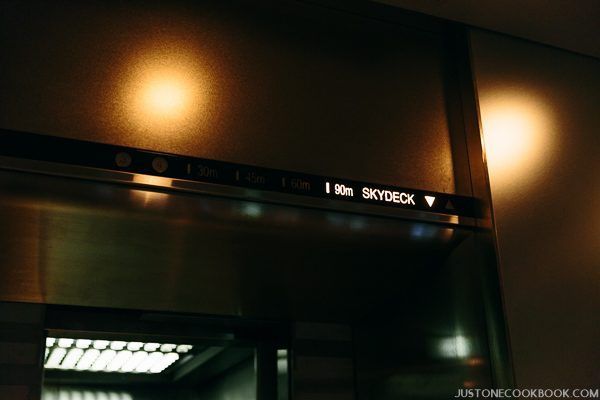
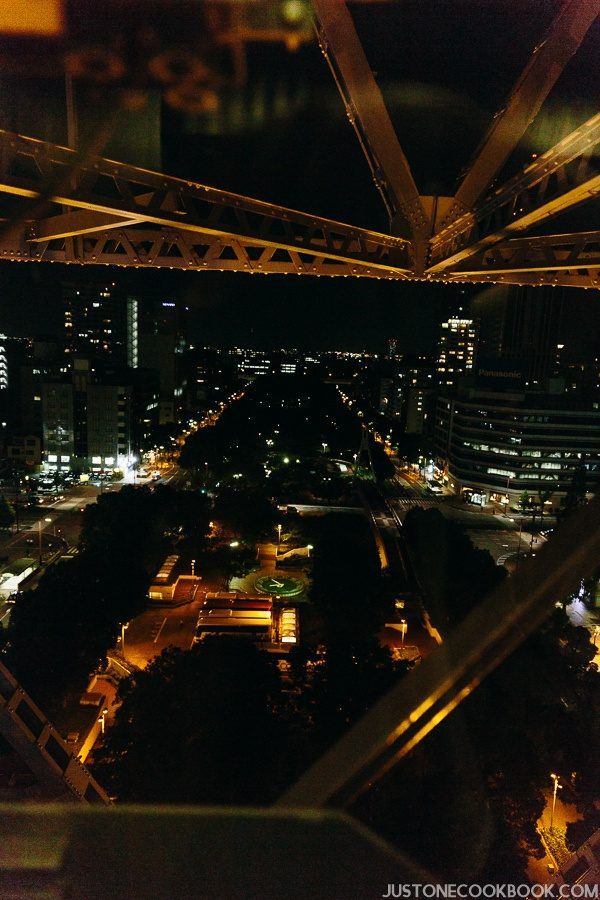
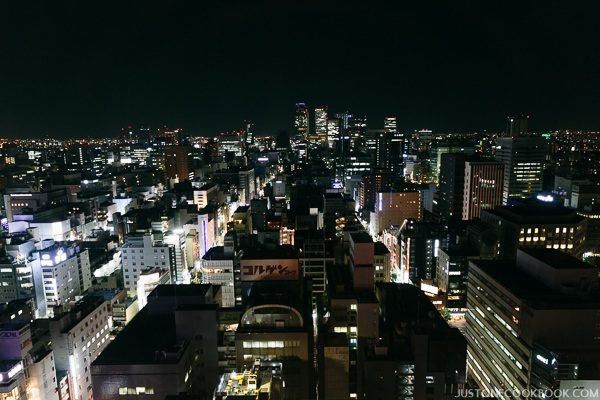
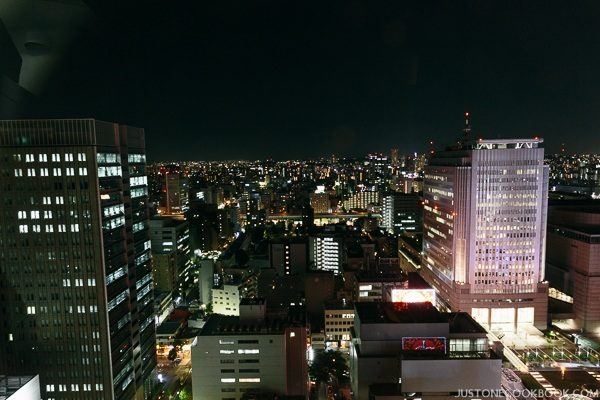
It was beautiful being able to enjoy the downtown views from the top of the tower.
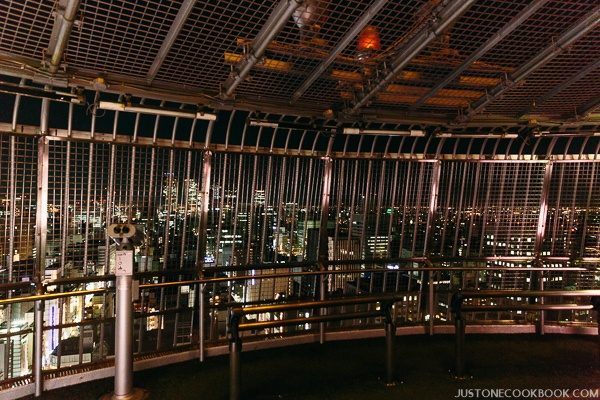
The upper part of the observation deck is outdoor and quite windy.
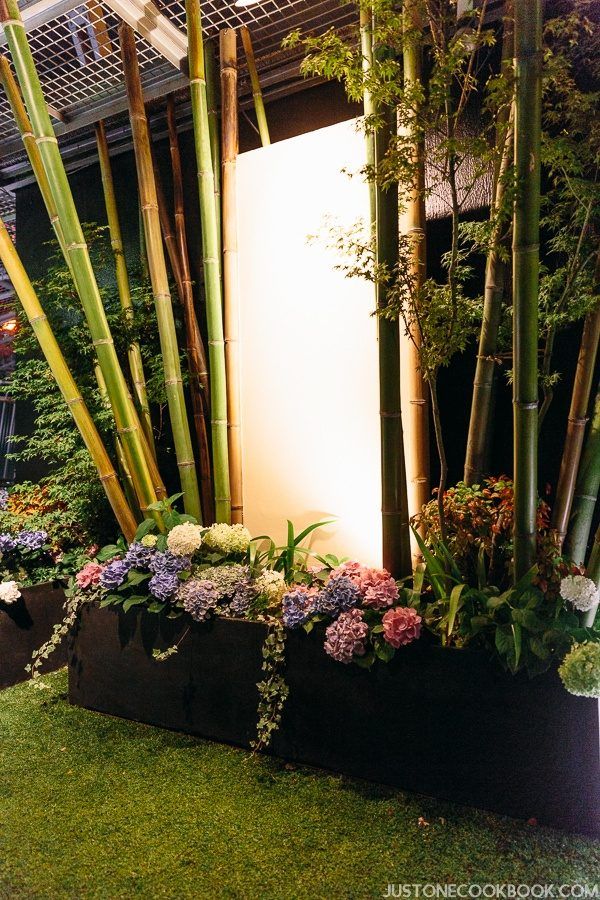
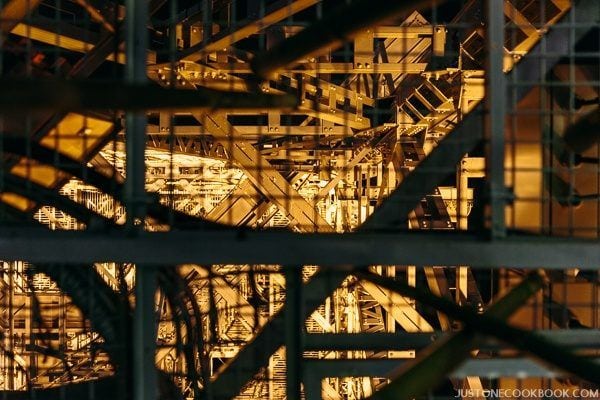
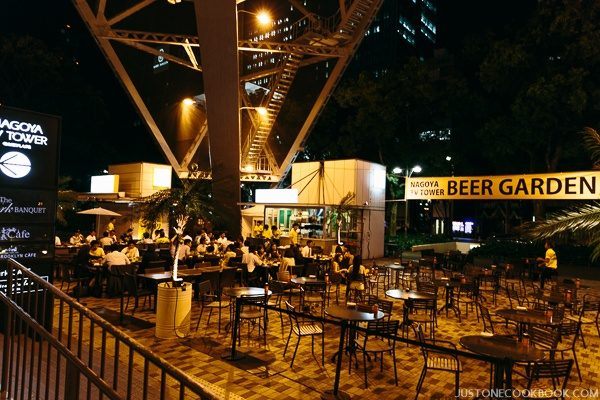
At the bottom of the Nagoya Tower there are cafe and restaurants where you can sit outdoors and enjoy a drink and light meals with friends.
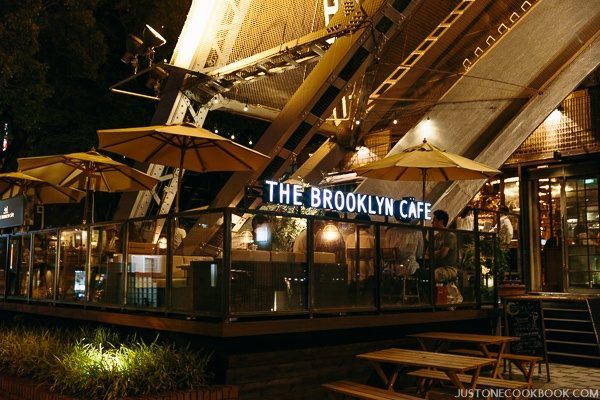
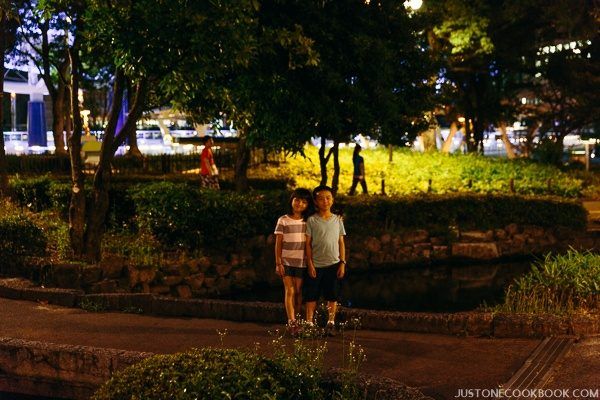
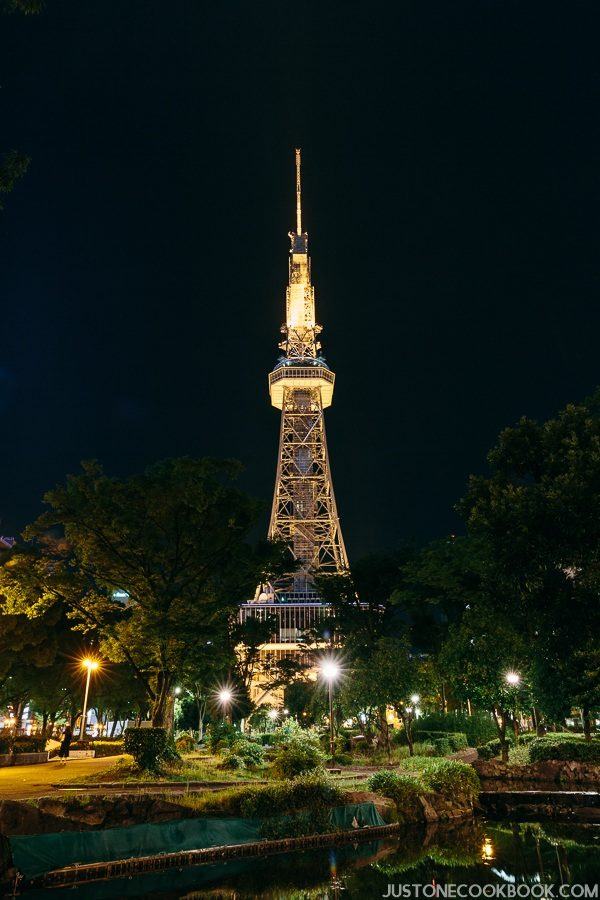
I hope you enjoyed my tour of Railway Park, Toyota Museum, and Nagoya TV Tower in Nagoya. Next, I’m continuing with more Nagoya tour and we’ll be visiting Nagoya Castle and Nagoya City Science Museum!
If you need to learn more about where to eat in Nagoya, check out my Nagoya Food post. You can also try making these popular Nagoya specialties at your house!
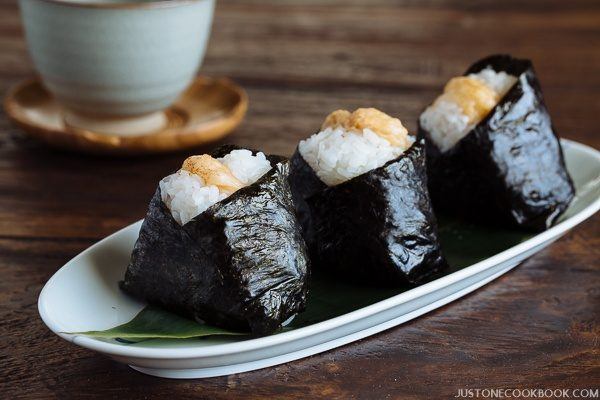

Please make sure to sign up for the FREE Just One Cookbook newsletter delivered to your inbox! And stay in touch on Facebook, Google+, Pinterest, and Instagram for all the latest updates.

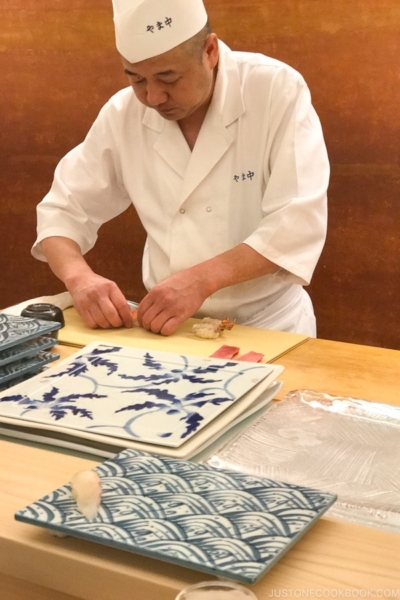


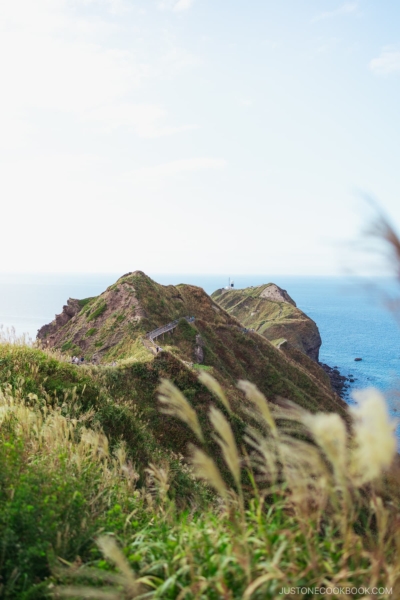




Hi Nami,
Greeting from Singapore!!!
Thank you for sharing your experience in Nagoya. I will be visiting Nagoya in 2 weeks time and this blog post really gives me a lot of useful information.
I am a big fan of your recipe, so far I have tried miso ramen, salmon teriyaki and mille-feuille nabe and my family all absolutely love it!
Can I check with you where can I buy pure yuzu juice in Nagoya? Or is there any online store that you can suggest?
Kim xx
Hi Kim! Ohhhh you’re going to Nagoya in 2 weeks! I hope my Nagoya travel post Day 2 will be out before your departure.
About yuzu extract – it’s pretty easy to find. If you don’t worry about the cost (and not enough time), you can always go to department B1 to get pretty much everything you need. The food and grocery in the department stores are pretty well-stocked. Regular supermarkets should carry it if you find one, go in and check on the isle with condiments – ponzu, vinegar, that kind of area.
Hope you have a wonderful trip!
Thank you so much for your information. . It is almost impossible to find pure yuzu juice in Singapore. I will check it out at B1 of departmental store, guess that will be one of the highlight for my japan trip ; P
So looking forward to your next travel post!
Kim xx
I think Seijo Ishii might have one which is near Nagoya Station.
https://www.yelp.com/biz/%E6%88%90%E5%9F%8E%E7%9F%B3%E4%BA%95-select-%E5%90%8D%E5%8F%A4%E5%B1%8B%E9%A7%85%E5%A4%AA%E9%96%A4%E5%8F%A3%E5%BA%97-%E5%90%8D%E5%8F%A4%E5%B1%8B%E5%B8%82
There are other locations in Nagoya too, in case your hotel or sightseeing spot might be nearby.
Good luck!
Thank you Nami for the information. I will check it out.
Cheers!
Kim xx
This looks like so much fun! How interested were your kids in the museums? I have younger siblings that have curious minds and I would love to one day take them to Japan!
My kids LOVE hands-on experiences (rather than let’s say visiting temples in Kyoto – hahaha). They loved it. Stay tuned for Day 2 for more activities. 🙂
Looks like a fun trip! You saw the great technology-based museums in Nagoya, so I will suggest something different. One of my favorite places in Nagoya is slightly outside the city at Arimatsu Station in the southeast. It’s a small museum devoted to shibori dye work (fabric that is knotted and dyed to create intricate patterns) called the Arimatsu-Narumi Shiborikaikan. It is not a very big museum, but it is very interesting and the neighborhood is delightful for strolling!
Hi Kat! Thank you so much for introducing this museum!
http://www.shibori-kaikan.com/en/
http://nagoya-cci-industrial-tourism.jp/english/contents/institution/shibori-kaikan.html
(in case anyone wants to visit)
I think the kids and I would really enjoy this place making own dye work. I remember I’ve done it at school once in Japan. Thank you so much for sharing this info. I really wish that I could stay in Nagoya area for a longer time. We’ll definitely re-visit one day, and visit this place! Thank you!!
Does the Toyota family still part of the company? After seeing this and places in Nagoya I’m hooked. I need to go to Nagoya. The train museum is a must see.
Hi Suz! I think so. Yes, Nagoya was awesome for all the things we did and ate! Stay tuned for Day 2. 😀
I enjoyed your blog post very much. During our visits to Japan we would pass the Nagoya Station and I was wondered what there is to do there. Now I know. The Railway Park is very interesting and we would have a great time there. TFS.
Hi June! Thank you for reading my blog! Stay tuned for the Day 2 too! 😀
Awesome! Last weekend I was in Tokyo and took my 4 year old son to the Railway Museum in Saitama and it was awesome! It actually looks quite similar to this one! I’ll need to go to Nagoya now.
Hi Rachael! The one in Kyoto is the newest and I heard so many great things about it that we even thought of stopping by Kyoto just for the new train museum. Check it out!
http://www.kyotorailwaymuseum.jp/en/
The SCMAGLEV and Railway Park looks great. Definitely have to put it on my list of places to visit when I’m in the area next time.
Hope you’ll like the place! It was really fun! Thank you for reading the post, Kit!
I love trains, so this is a fascinating post for me. Wonderful pictures, great info — thanks!
I have never been interested in trains until I saw and read this I love that museum. And then Nagoya Tower and Toyota car museum! Awesome thank you so much for sharing, now I just wish I had more than 9 days in Japan! Would love the Vegan Sushi book.
Hi Tania! Thanks so much for reading this post! I just turned on the comments (sorry I forgot to do that), so you should be able to enter now. Good luck!
https://www.justonecookbook.com/vegetarian-sushi-secrets-cookbook-giveaway-worldwide/
great pictures!
Thanks so much Cliff! 🙂